At Big Hammer Wines, we have long appreciated the pleasures of Napa Valley wines. While wine excellence continues in Napa, the wine business faces many challenges. We look at a few of them here.
COVID-19
The pandemic of 2020 has collided with every aspect of our lives, changing many things forever. Regarding Napa Valley, COVID-19 struck the local economy hard.
A big tourist destination, hotel revenues fell dramatically, because most hotels closed for three months from mid-March through mid-June.
According to the Napa Valley Register:
- Average hotel occupancy fell from 85% before the pandemic to 39% by July.
- Average room rates fell 16.4% to $266.03.
- Hotel revenue fell 60% to $95.5 million.

Since re-opening in mid-June, occupancy has slowly increased but remains around 30% less than prior year.
The California Department of Public Health identified Napa County as Tier 2 “Substantial”, indicating transmissions of COVID-19 remain a significant risk. Check the site for updates.
There are no current quarantine requirements for visitors coming into California but between coronavirus and wildfires, out-of-state visitors are rare. Locals are booking last-minute visits, watching conditions on the ground carefully, not only the virus and wildfires as well.
Napa Valley businesses implemented updated health and safety protocols. Wineries, hotels, and restaurants take every precaution to ensure safety.
Many of the protocols in place mirror those in other areas of the country but expect ongoing changes. Check with California’s Department of Health and Human Services for the latest updates.
Commercial real estate has suffered with buyers of hotels, for example, struggling with valuations given the uncertainty. Many hotels are defaulting, leading to delinquent loans on the books of local banks.
But even in this unusual climate, two new hotels will open, Cambria Hotel in Napa and Four Seasons in Calistoga. The Marriott Napa Valley Hotel & Spa will change ownership this year.
Though full recovery of the local economy isn’t expected until at least 2022, Napa Valley encourages visitors. Call ahead to each location you plan to visit to get the latest information for a safe and enjoyable trip.

Wildfires and Smoke Taint
The wine industry accounts for most of Napa County’s economic output, employing more than 40% of its workers. If the coronavirus has dealt the industry a challenging hand, the unprecedented wildfires make it worse.
Harvest began in August as did the many fires that threaten crops, vineyards, wineries, and homes. The possibility of smoke taint looms over the vintage.
Smoke taint occurs when compounds from burning materials get absorbed by grape skins. These compounds become infused into the juice during the fermentation process. The resulting wine can display an unfavorable smoky or cigarette ash-like character.
Two fires threatened the Napa area: the Hennessy fire east of Napa Valley and the Walbridge fire west of Healdsburg.
To date, the Hennessey burned a good third of the valley, coming close to The Nichelini Winery, one of Napa’s oldest dating back to 1890. Firefighters saved the property.
While vineyards tend to make good fire breaks, one of Napa’s oldest Cabernet Sauvignon vineyards, the Volker Eisele Family Estate vineyard, burned. Firefighters saved the family home and the 150-year-old winery.
Because the risk of wildfires continues, many Napa hotels are extending discounted rooms to fire crews, giving both some relief.
The possibility of smoke taint comes from many factors including smoke density, proximity, wind direction, and the types of grapes. White grapes have less risk because skins are not used during fermentation.
Australia’s wildfire experience taught winemakers that wine quality can be impacted with just 30 minutes of heavy smoke exposure in the vineyard. Detecting smoke taint is difficult and sometimes it can’t be detected until after fermentation.
Growers take every precaution to ensure they harvest only the highest quality grapes. So far, yields seem low, but quality appears good.
Labs test for two smoke-related compounds, guaiacol and 4-methyl guaiacol. Insurers require these tests to file for crop insurance, and delays have become longer. A vineyard with too much smoke taint will force difficult decisions.
Red grapes with some smoke taint could be turned into rosé or fermented and added into blends. Some winemakers could try to treat the wine. But these are risky options.
Harvest workers face many risks. Working longer hours to bring in harvest quickly amid a pandemic increases the risk of smoke inhalation. This could depress the immune system, making the virus worse if infected.
A lack of affordable childcare options forces workers to either give up lucrative income or leave children home alone. Many don’t have wi-fi access leaving their children out of school.
Even with the devastation caused by wildfires, the impact of the virus on local businesses will likely be more significant.

Development
The growth of Napa Valley over the past 20 years has been dramatic. Today there are 475 wineries, even though 90% of the county remains undeveloped.
Over the years, several regulations passed limiting farmland development beginning with the Agricultural Preserve in 1968. Additional amendments passed in 1990 (Measure J) and 2008 (Measure P.)
Today’s population has risen to 140,000 people and keeps growing along with housing demand. Costs have skyrocketed and wildfire may reduce availability even further. Community support has weakened for new developments.
Increasing lifestyle or hobby vintners push the boundaries of both wineries and homes. As wineries open more event spaces, food options, and restaurants, restaurants and bars in cities face increased competition.
Large homes of up to 8,000 square feet take up valuable land. These large projects contribute to deforestation as sometimes thousands of trees are cut.
In 2016, an initiative to limit the destruction of trees for new wineries made the ballot. Trade groups banded together to stop it, but another ballot is coming.
A recent proposal from the Frank Family Vineyards to build a winery in the Rutherford AVA included an initial request to allow up to 145,600 annual visitors.
Residents pushed back citing the incremental traffic and proposed events, questioning the intent, agricultural or entertainment.
Three other wineries recently received increased visitor approvals, Saintsbury Winery, Ballentine Vineyards, and Hyde Estate Winery.
Napa’s future depends on balancing the competing goals of agricultural preservation versus development. Pressures will only build as more wineries enter and others expand.

Consumer Trends and Premiumization
Silicon Valley Bank, in its latest wine industry report, raised concerns over an oversupply of grapes and changing consumer trends.
The 2018 vintage ran a third larger than average leading to a glut of wine and grapes. In 2019, grape prices in Napa Valley dropped for the first time. The impact of the pandemic and wildfires on the 2020 vintage remains unknown.
Changing consumer demands have contributed to the oversupply of wine grapes. Younger consumers are shifting to hard seltzers, inexpensive and low alcohol wines, different packaging such as cans, buying online, and even cannabis.
Napa Valley is especially vulnerable, being dependent on aging boomers paying premium prices for wine, an unsustainable trend. Premiumization created enormous profits for many wineries in Napa for decades, but a new reality may be coming.
With the fallout from COVID-19 devastating the restaurant industry, Napa stands to lose considerable revenue since many of the expensive cult wines were sold by restaurant sommeliers.
Due to the glut, competitive wine marketers can offer better wine at much lower prices, bringing in new consumers and appealing to those with smaller budgets (think “Two-Buck Chuck” from Charles Shaw.)
The Napa Valley lifestyle winery owner may lose some luster if these trends continue. Perhaps the valley will make a shift back to its agricultural roots with more passionate, personal, and affordable wines.

To Kalon Lawsuits
The “To Kalon” brand and the “To Kalon Vineyard” are famed worldwide. Robert Mondavi marketed both after trademark approvals in 1988 and 1994, respectively. The Mondavi family first purchased parcels of the vineyard in 1962, which ended up as part of the Robert Mondavi winery.
The property’s first owner, Hamilton Walker Crabb, named his estate To Kalon, from the Greek meaning “the place of highest beauty.” He began purchasing land in 1868, adding more acreage over the years. The family sold the entire estate after his death in 1899.
Others owned different parcels during the intervening years, including Beaulieu Vineyards. Andy Beckstoffer bought the Beaulieu Vineyards in 1993.
After labeling a wine "Beckstoffer Original To Kalon Vineyard,” Robert Mondavi sued for trademark infringement and Andy countersued.
They settled out of court in 2003. Beckstoffer could use the To Kalon name only on wine made from his site. Mondavi had more generous rights using To Kalon as a brand name.
In March 2019, The Vineyard House (TVH) filed a similar lawsuit against mega-distributor, Constellation Brands, which purchased the Robert Mondavi Winery in 2004.
The action cited the 1987 trademark filing by Mondavi in which the terms To Kalon and To Kalon Vineyard were defined as having no geographical significance.
TVH alleges the trademarks should not have been granted because they mislead consumers about the origins of the wines. Constellation owns only 188 acres of the original 526 acres from the estate. TVH believes Constellation improperly calls the entire property To Kalon.
The owner of TVH, Jeremy Nickel, the son of famed Far Niente Winery founder, Gil Nickel, believes he should have the right to use the term. He owns 17 acres of To Kalon vineyard.
Constellation, denies all charges, defending their work building a powerful brand.
On January 8, 2020, the judge denied the motion with the option for TVH to amend its arguments. An April trial date moved to May, but the trial has not yet begun.
It may be the case that Nickel’s acreage existed outside the original estate. Recent updates from The Historic American Landscapes Survey showed a vineyard boundary at Oakville Grade Road. TVH’s parcel, planted to wine grapes only in 1980, is located south of this road.
As of now, the To Kalon name can be used for wine made from grapes grown on Beckstoffer or Constellation sites. Constellation can continue to use the names as brands pending the outcome of the court case. TVH is disallowed any use for now.
The To Kalon question remains and the battle continues: brand or geographic place? Trademark control and money are powerful motivators.

Diversity
The Napa Valley wine business has been in the news recently over the issue of diversity.
In partnership with the United Negro College Fund, Napa Valley Vintners announced $1 million over five years for scholarship and mentorship programs for people of color. A task force of vintners and community leaders of color developed recommendations to address opportunities.
The Napa City Council recently approved a resolution labeling racism and discrimination a threat to civil rights and public health of minorities. The city will start training programs to educate city employees about racial equality, bias, and cultural awareness. LGBTQ gender identity issues will be included.

Big Hammer Wines and Napa Valley
As always, wine released from Napa Valley for the 2020 vintage will be impeccable, even if in smaller quantities. Reputation is everything in the wine business, especially in Napa.
But you don’t have to spend the big bucks to enjoy the best. Our deep connections in the Napa wine industry helps us always find the best values.
We encourage you to support the Napa Valley winemakers and grape growers this September during California wine month. Cabernet Sauvignon continues to be the favorite grape during the pandemic so buy some now!
Big Hammer Wines
The wine experts at Big Hammer Wines taste thousands of wines every year from around the globe, looking for quality and value. This special offer reflects the passion we have for our clients.
Discover the world through its wines, Click Here! Visit Bighammerwines.com and become a wine expert!


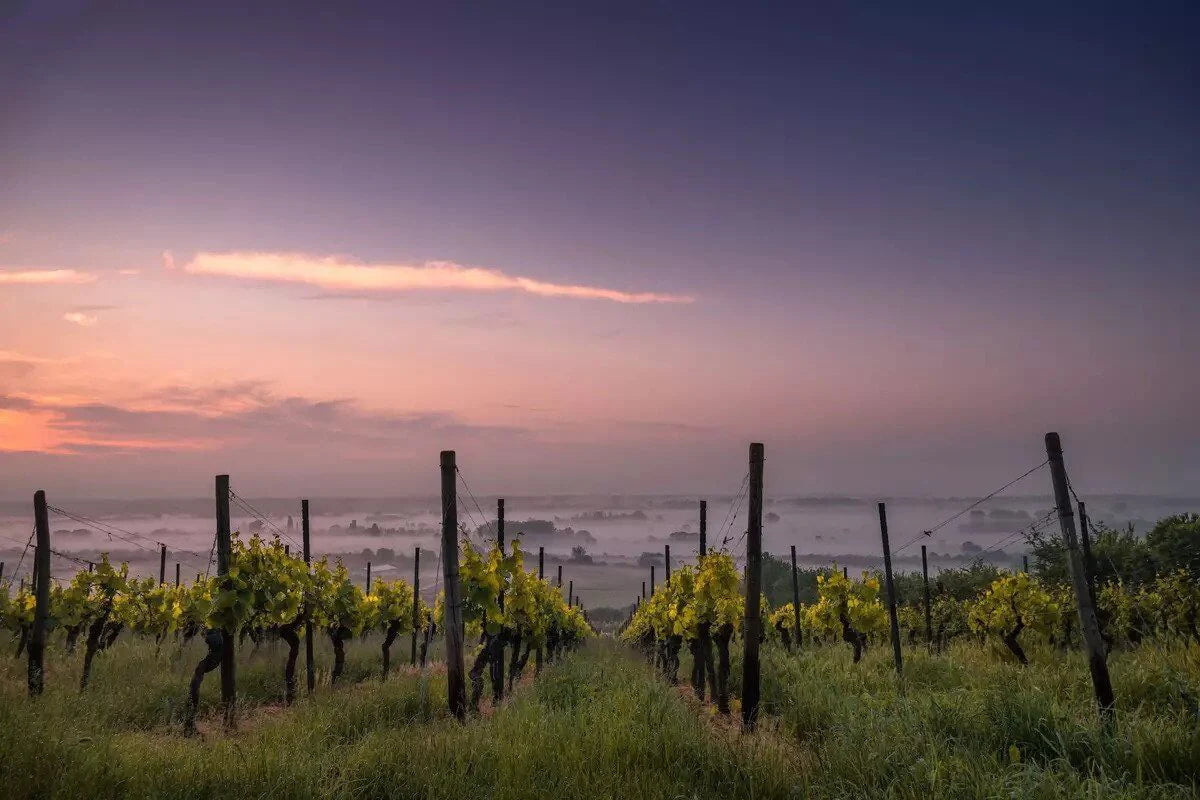
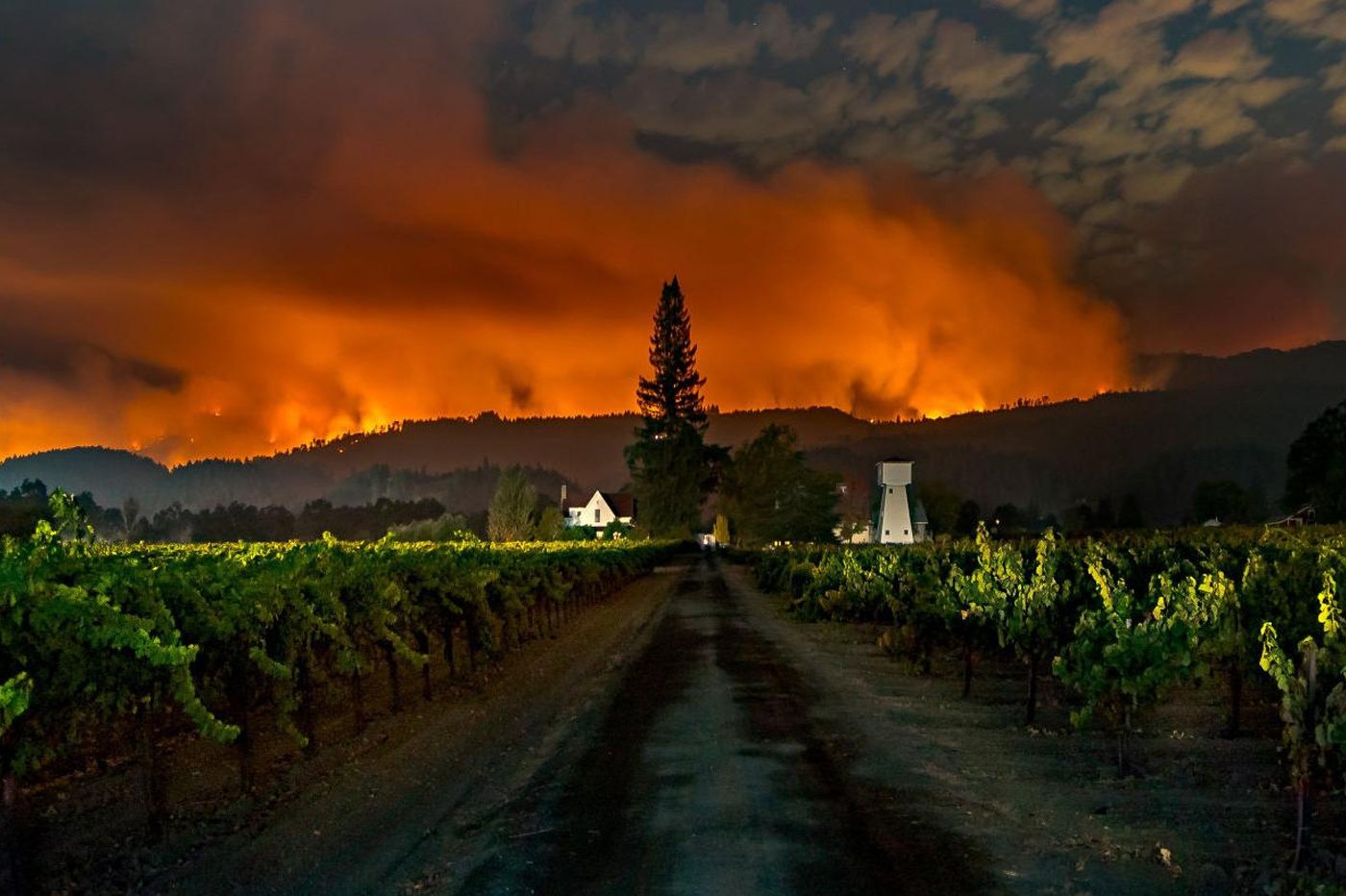


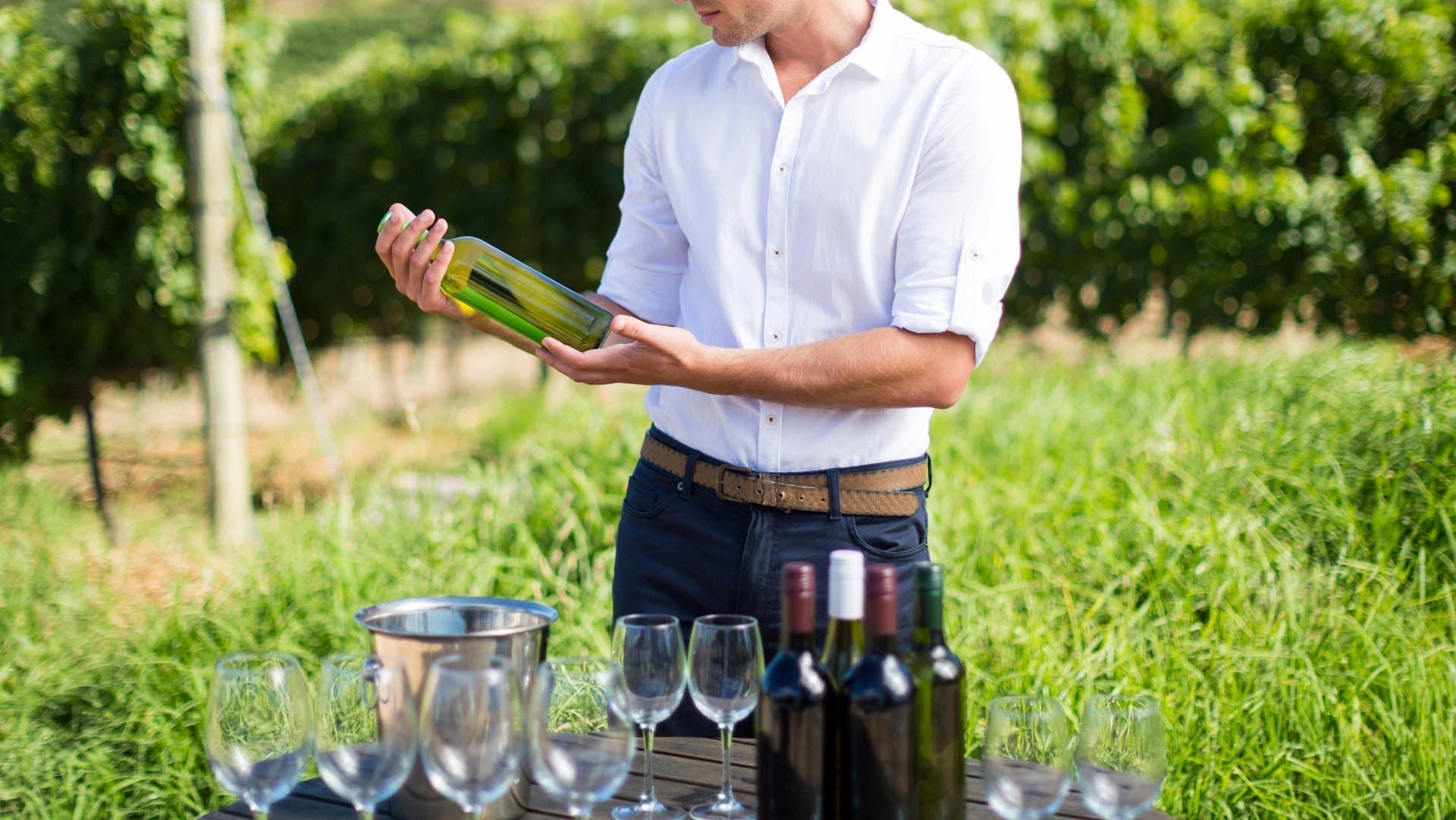
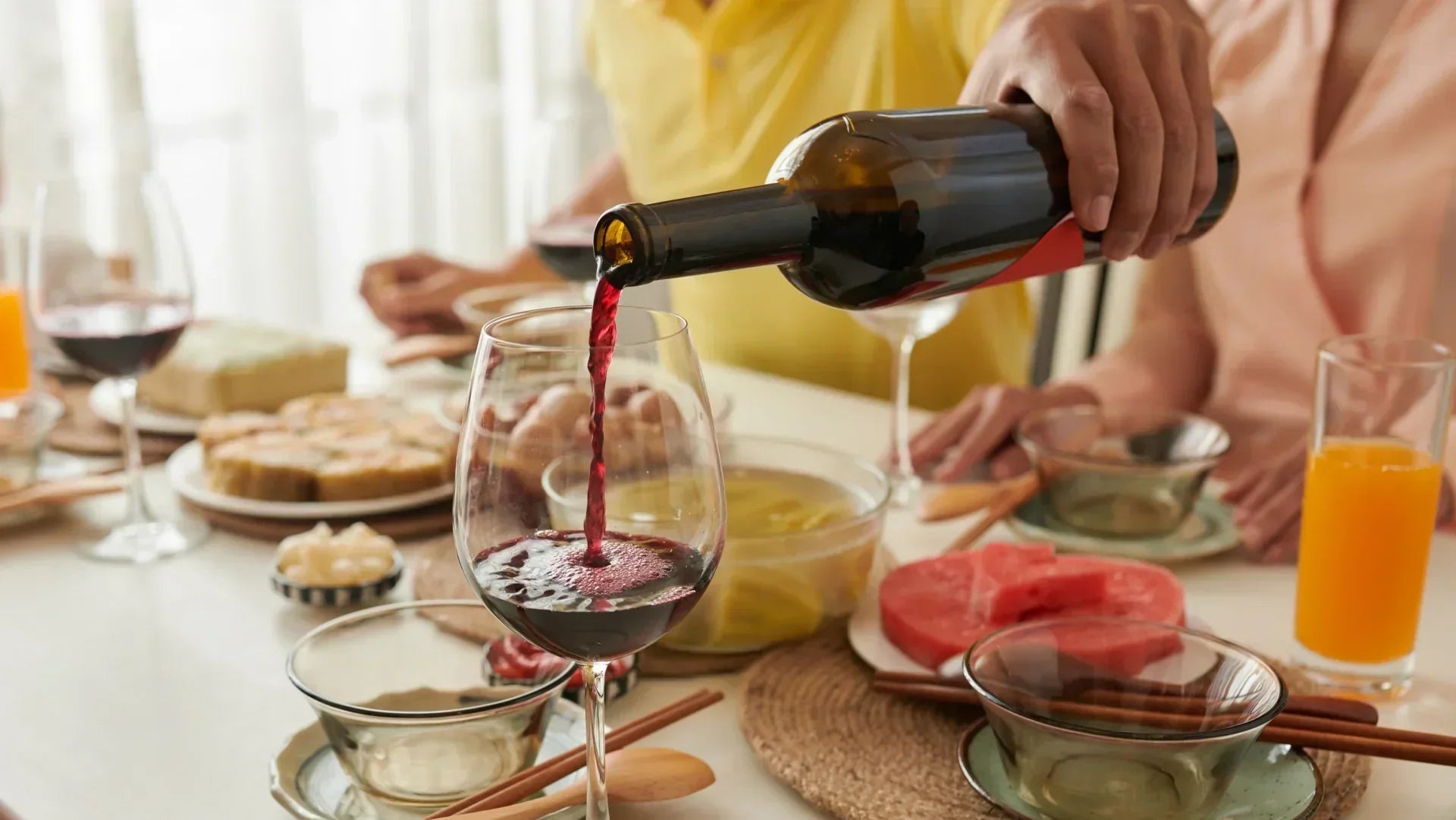



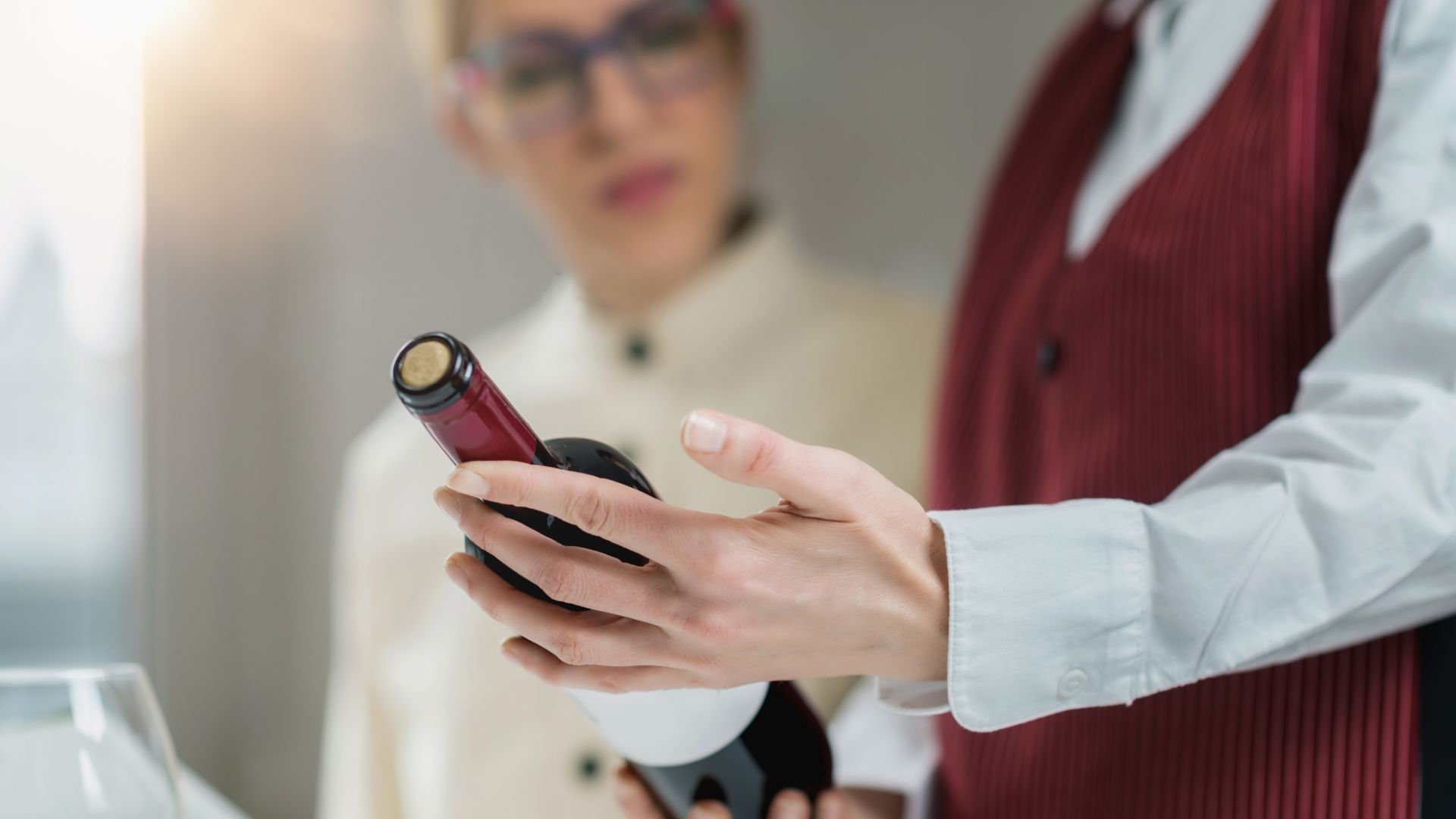
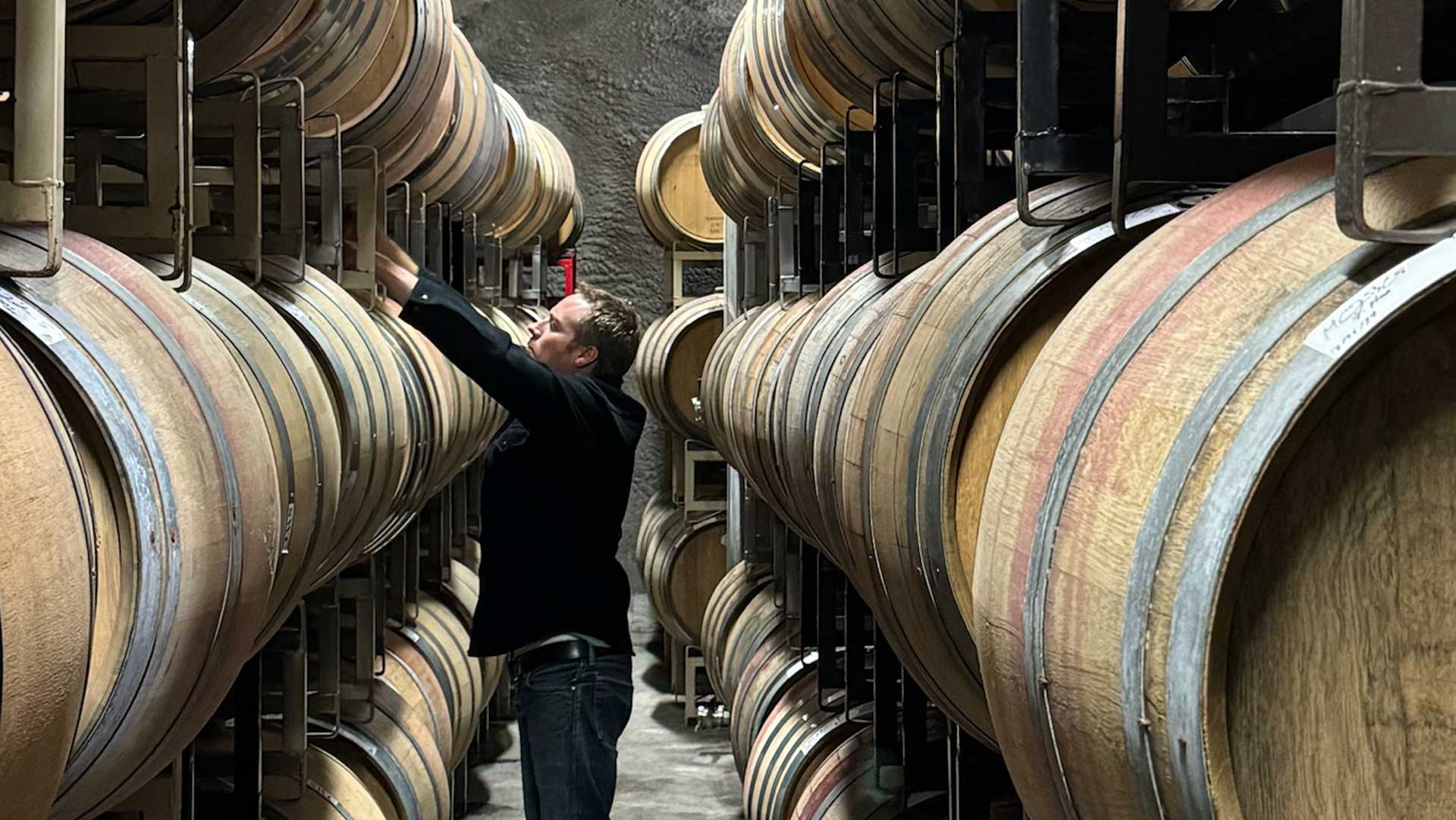
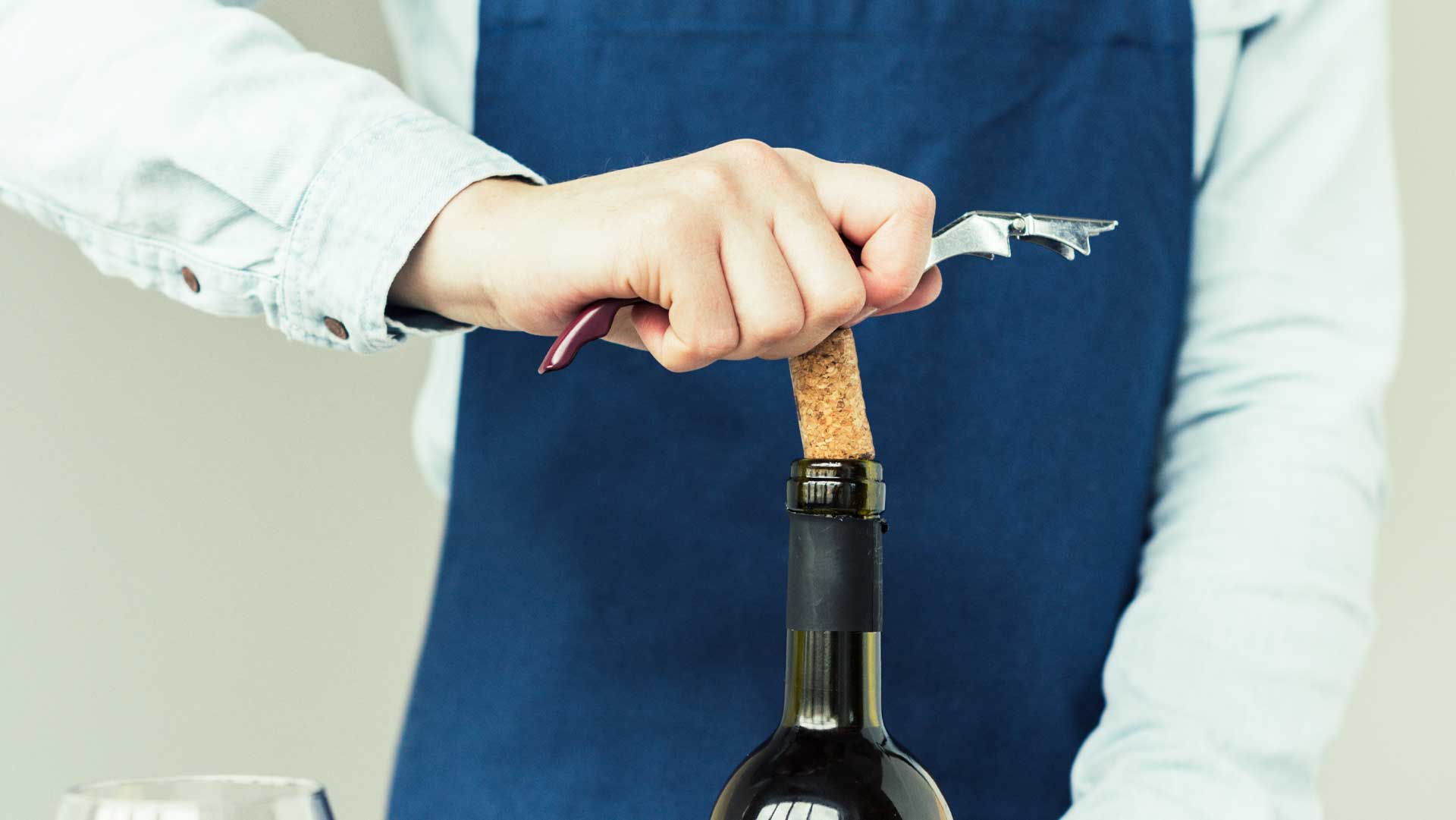



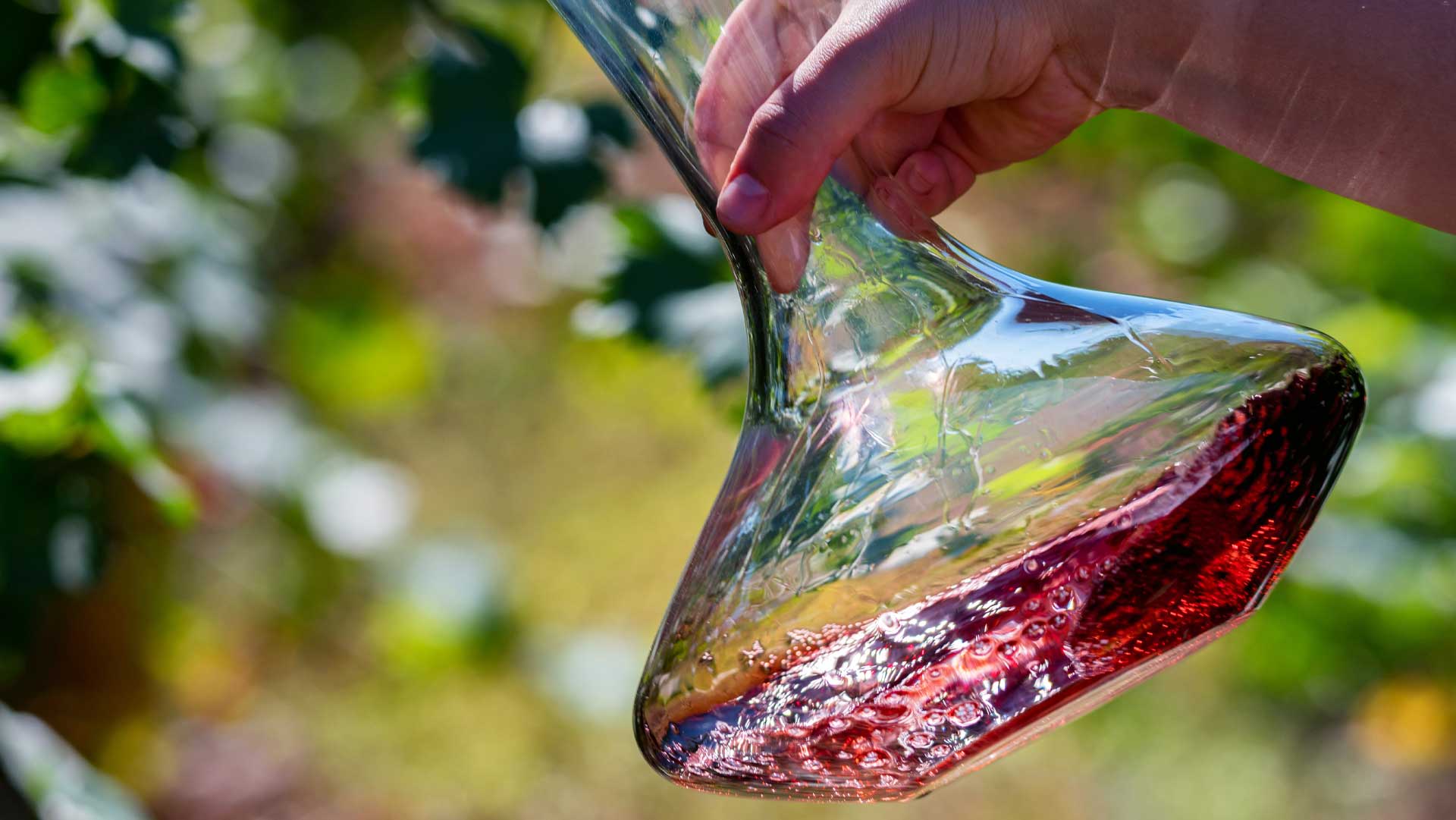





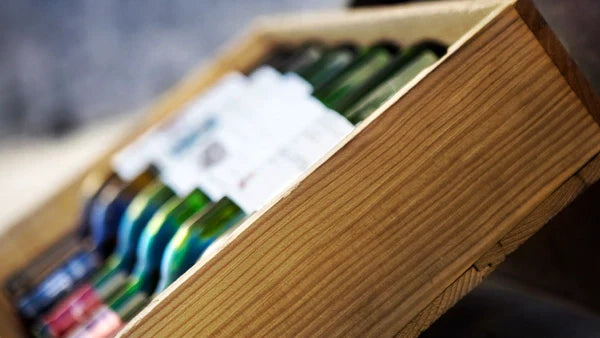
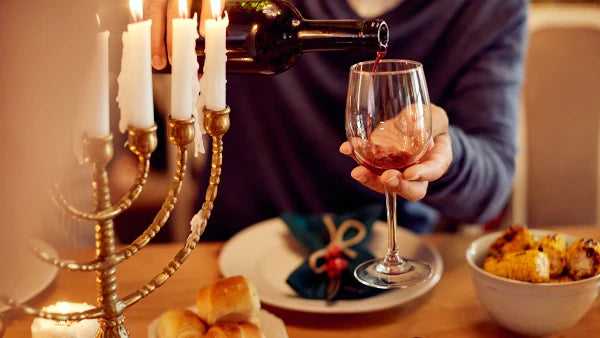
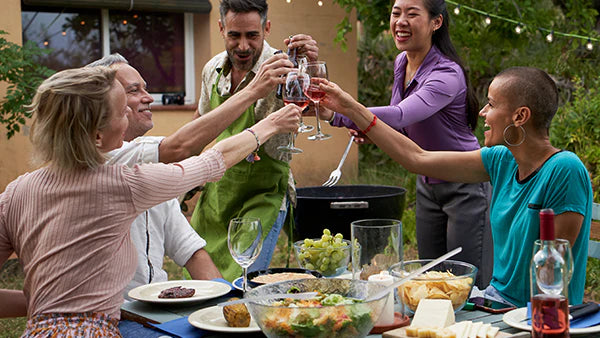

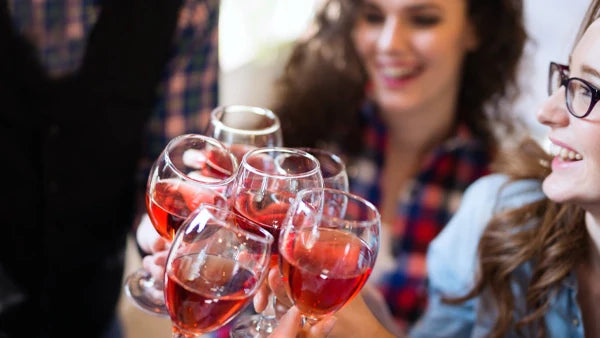

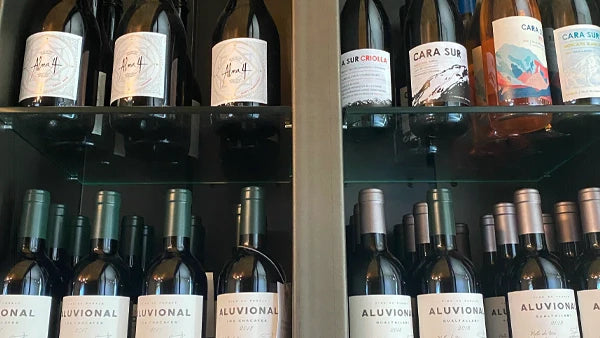







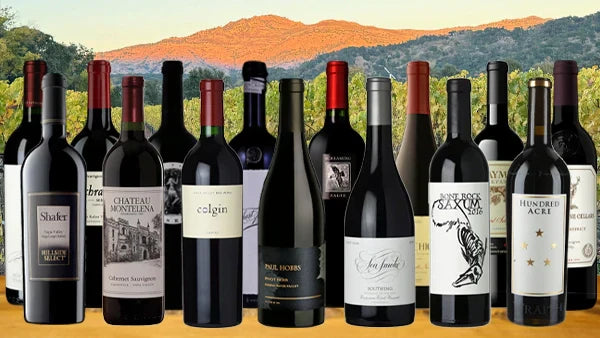
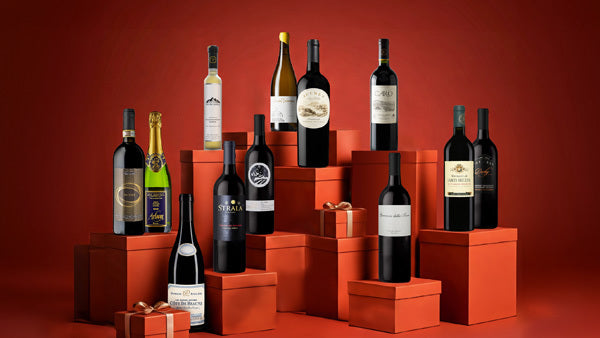






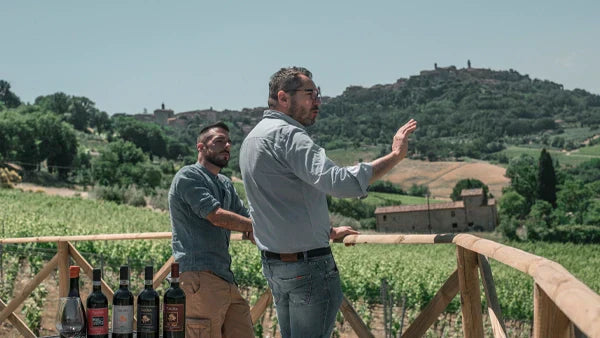

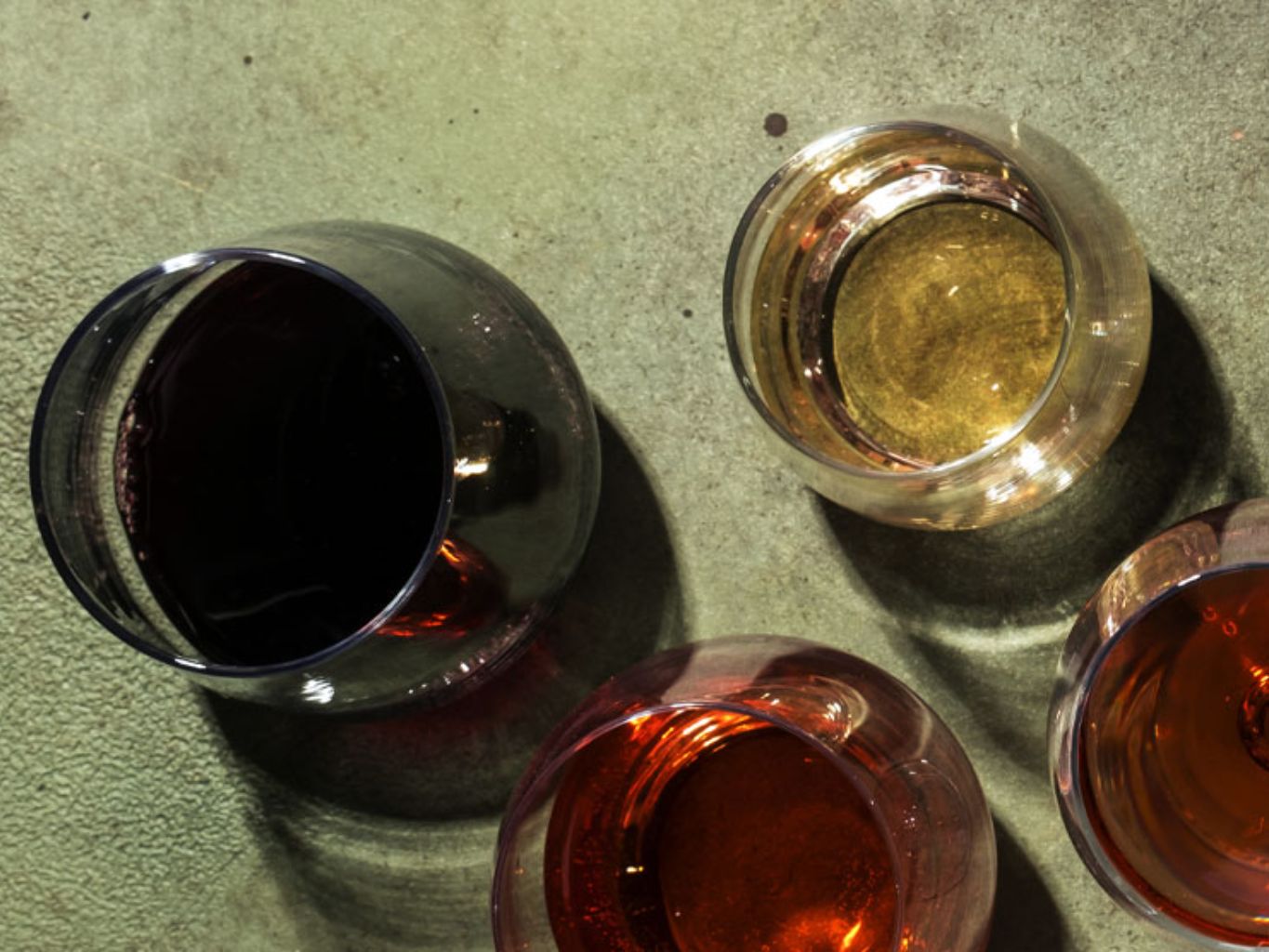


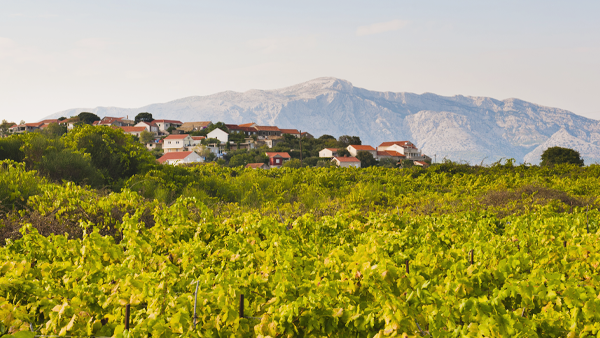
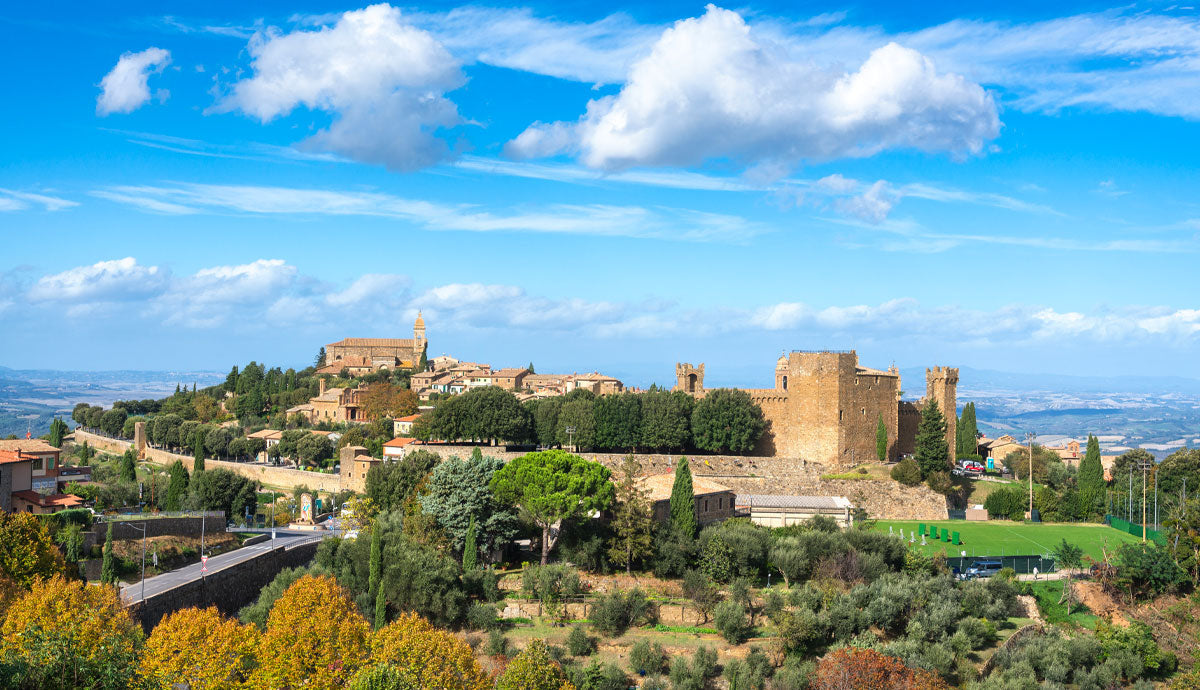

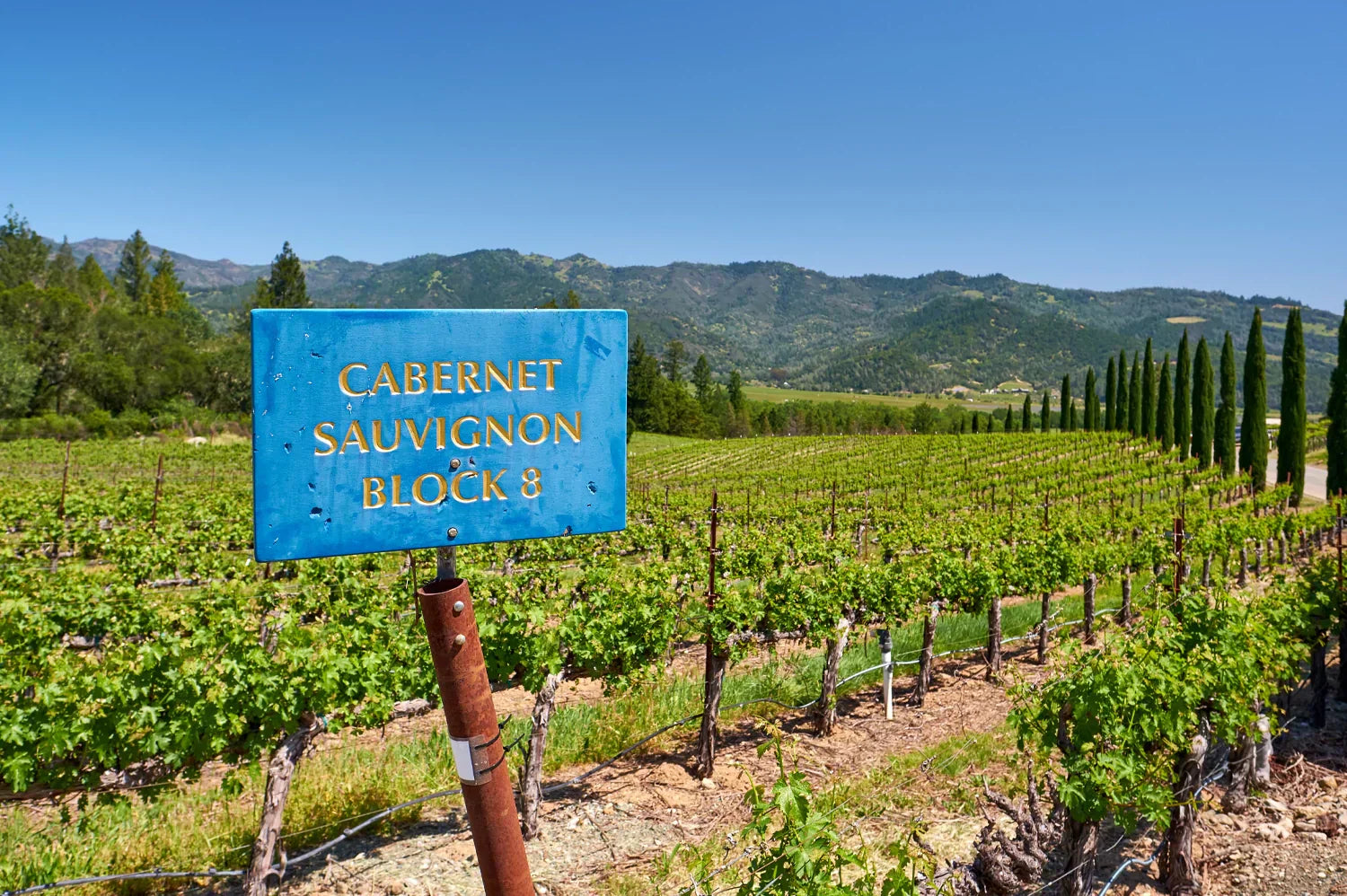
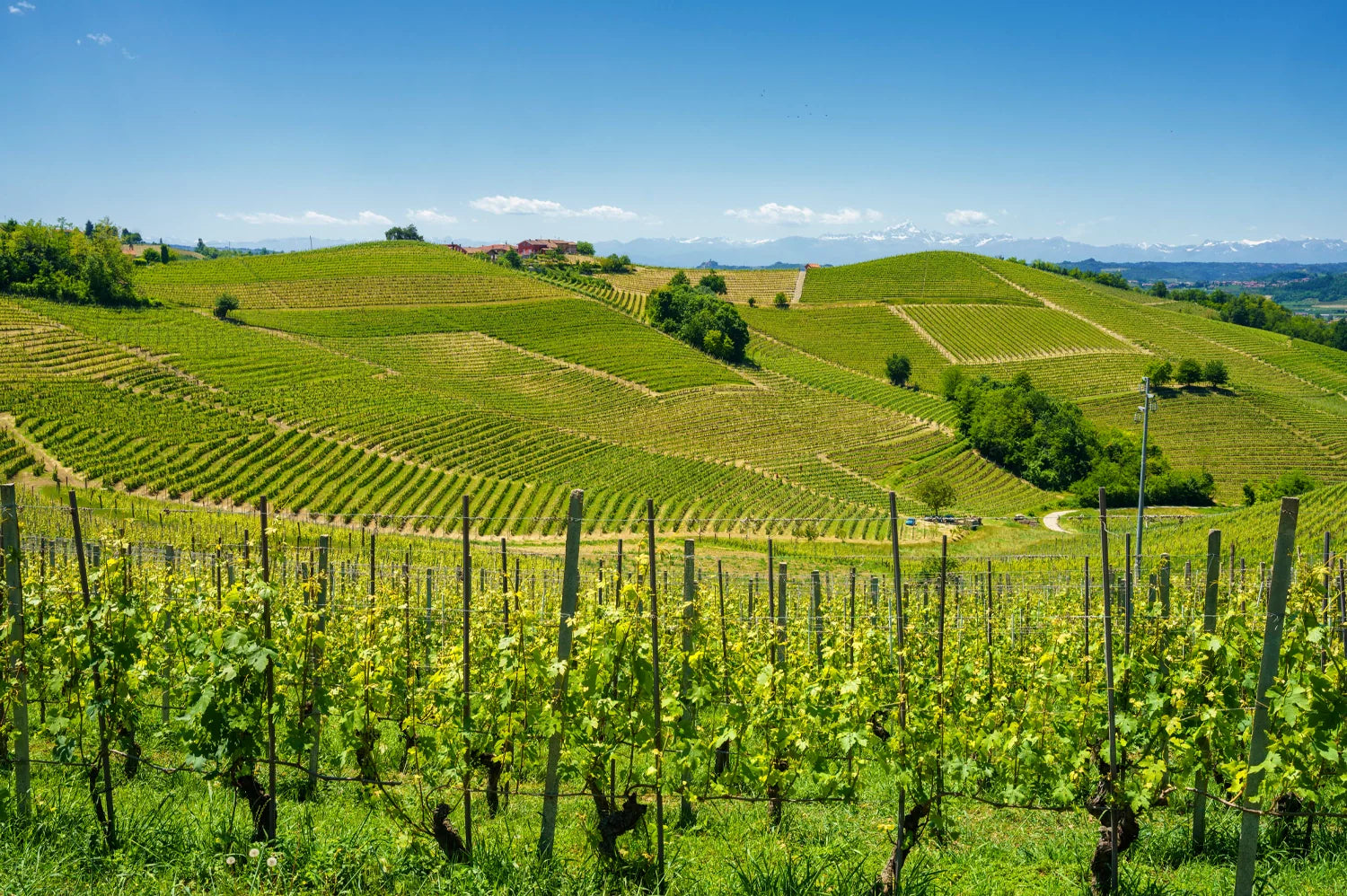
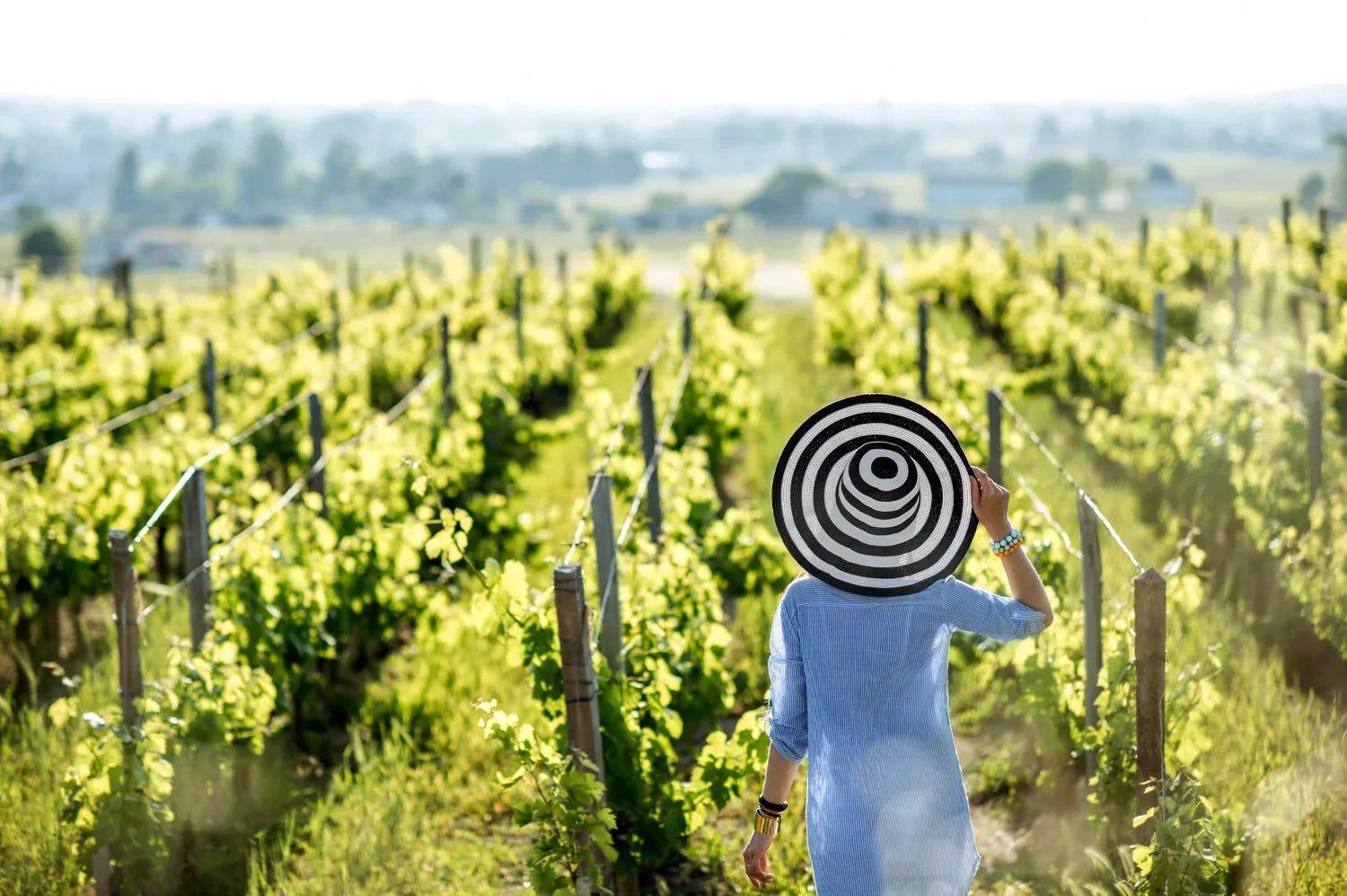
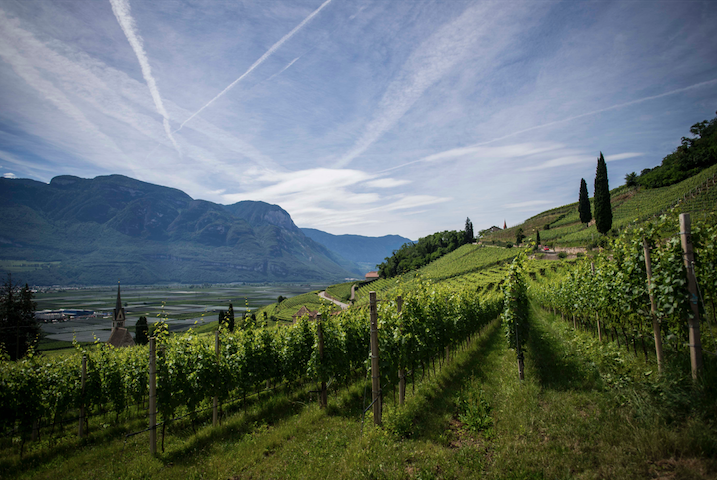
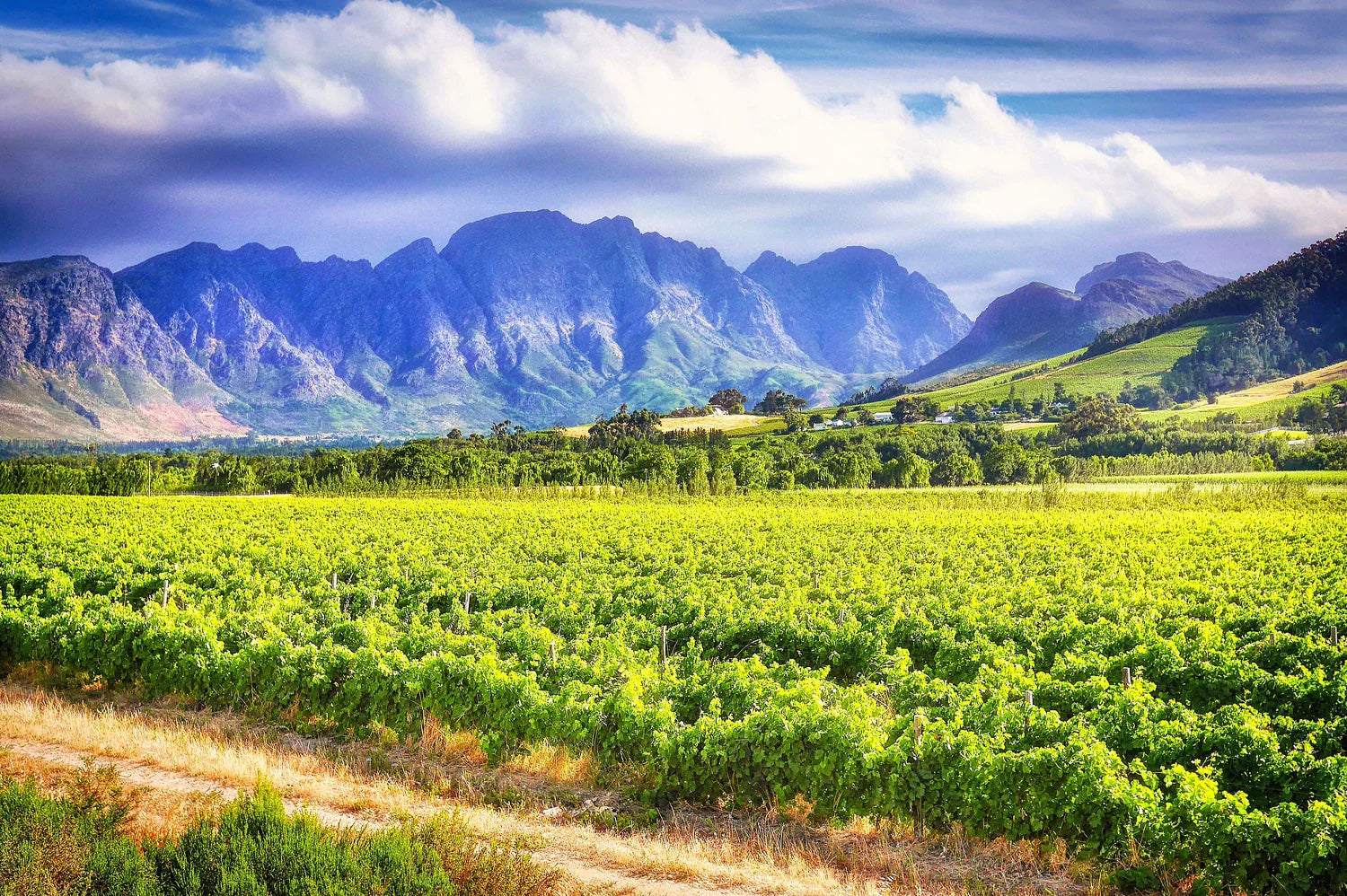
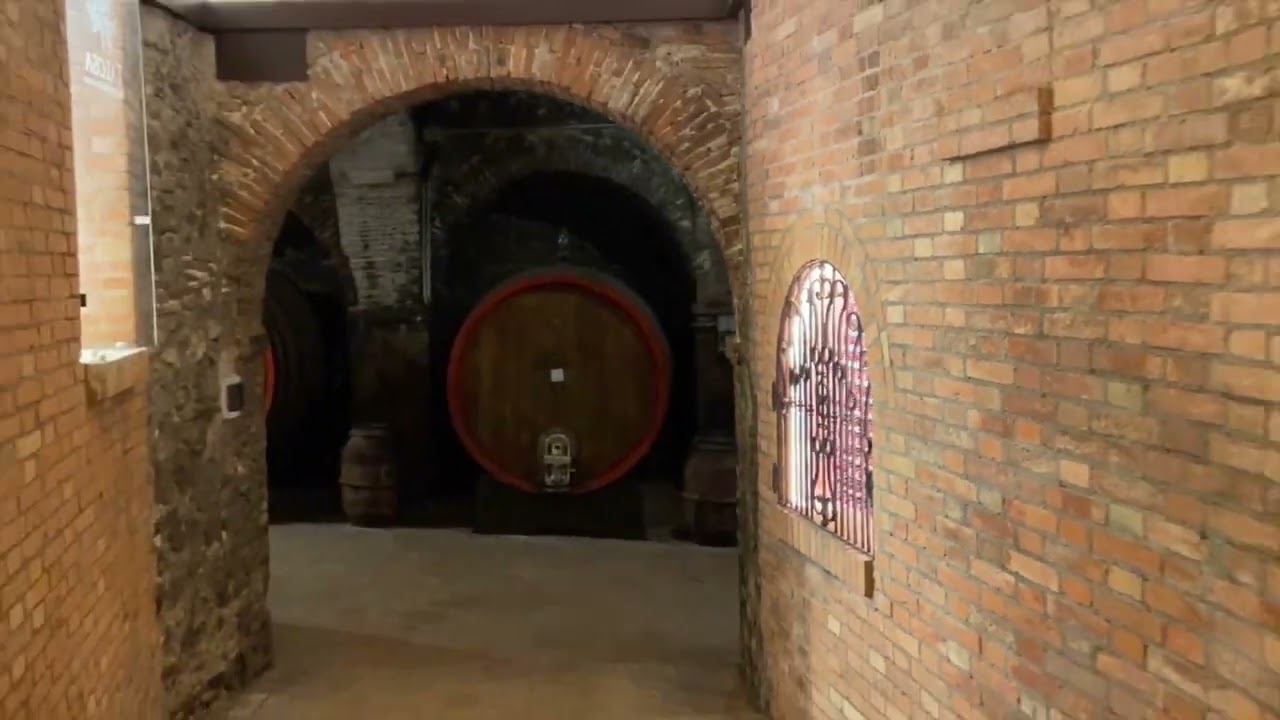
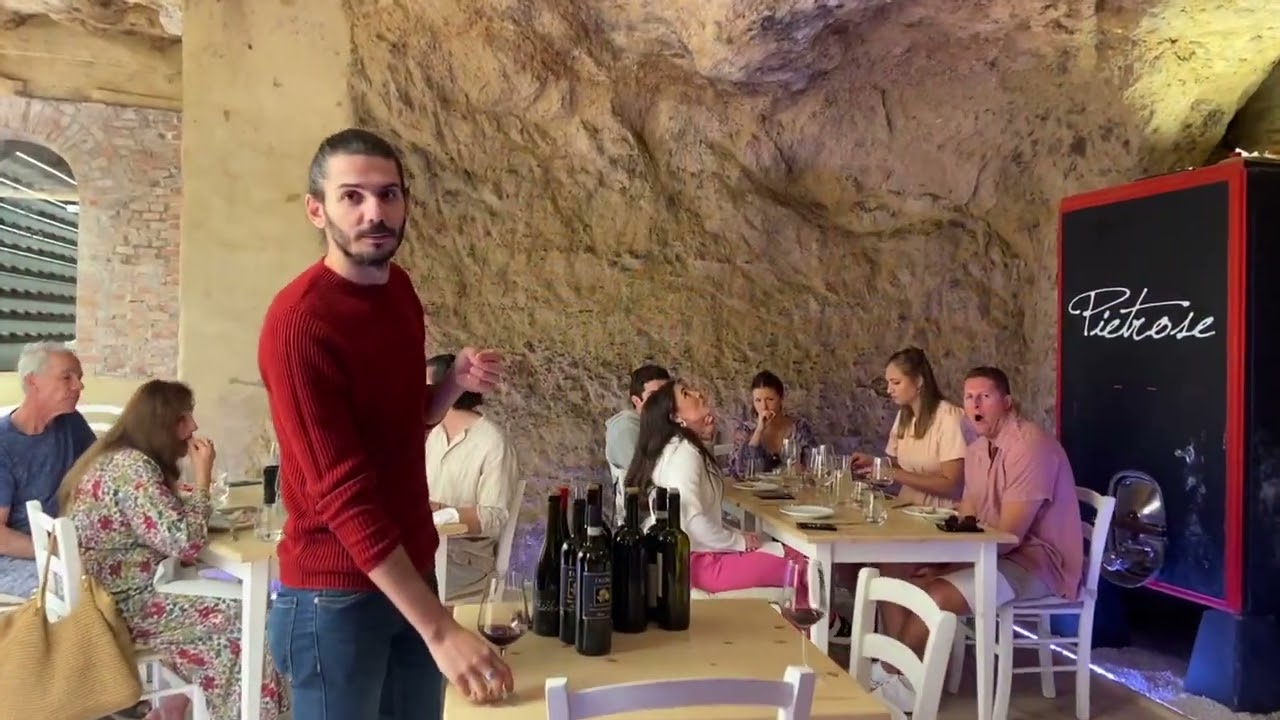
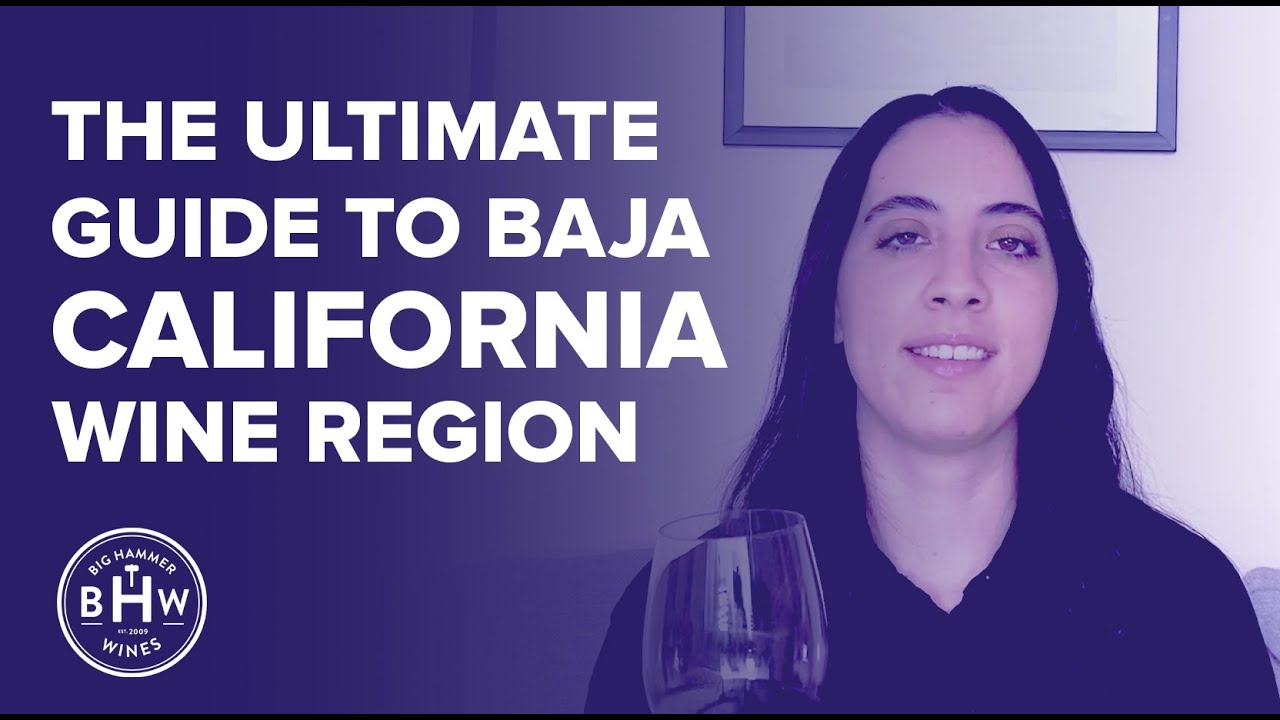
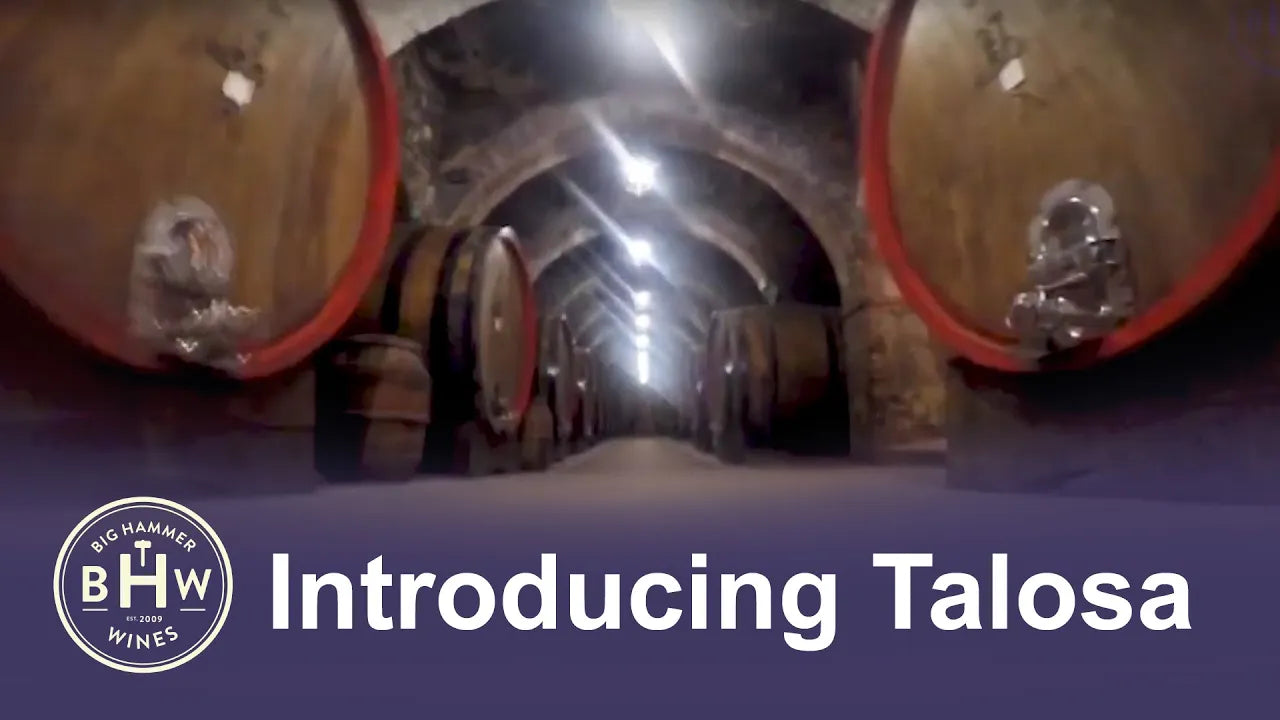


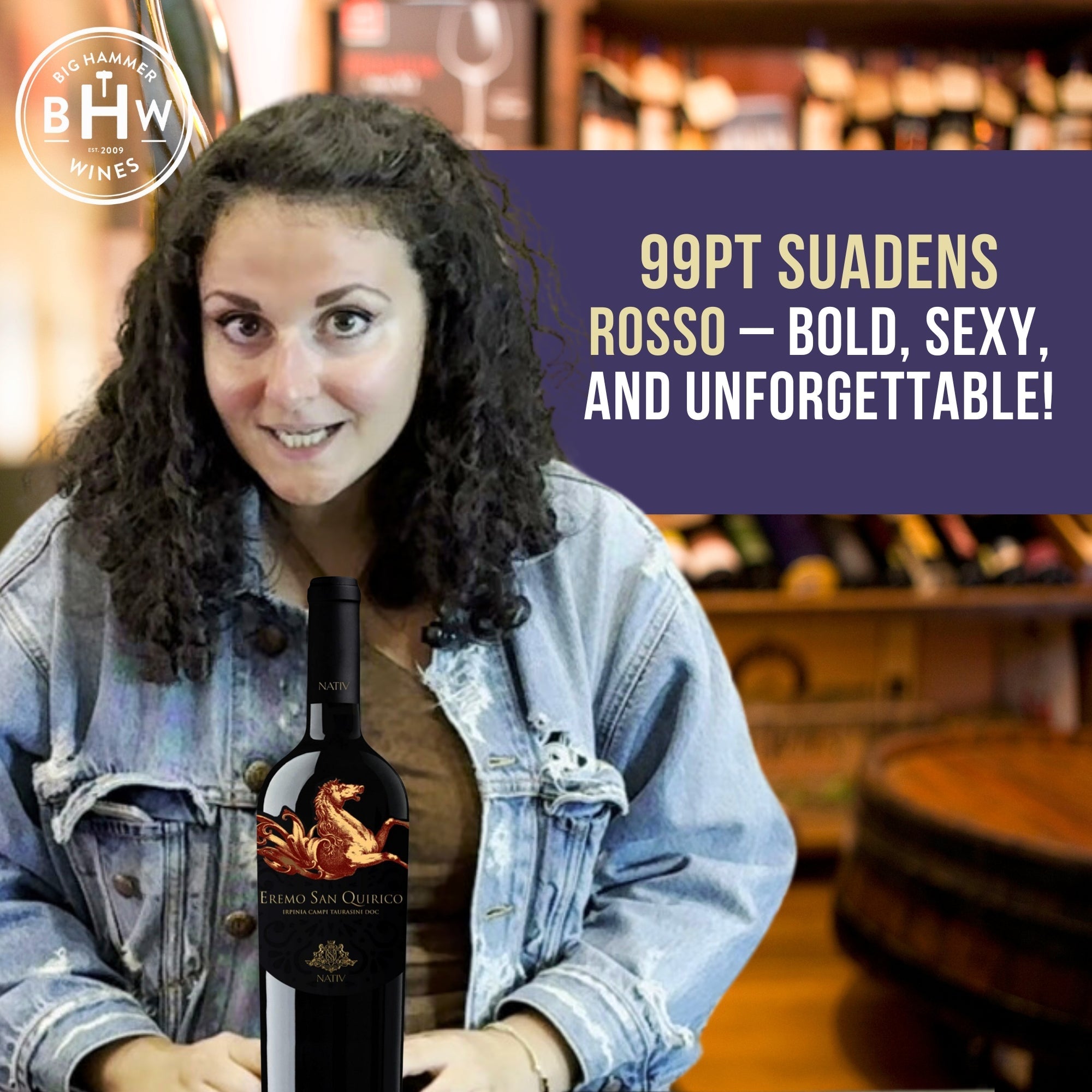
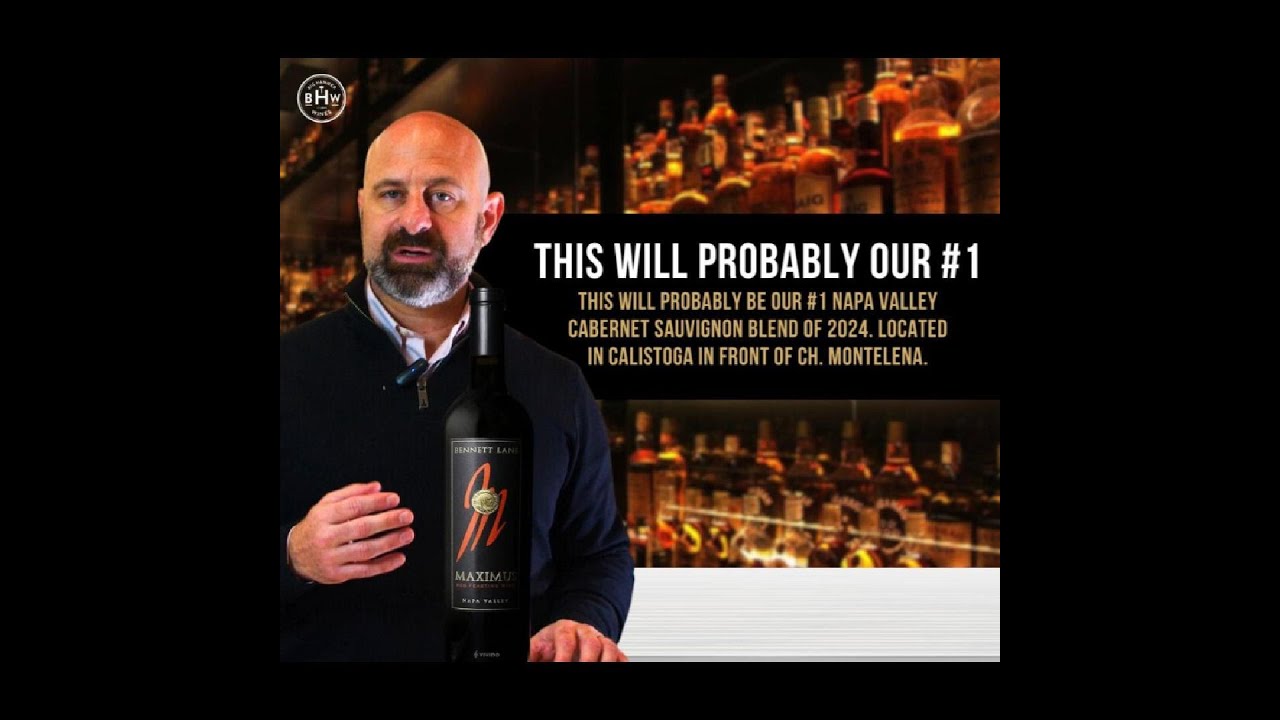

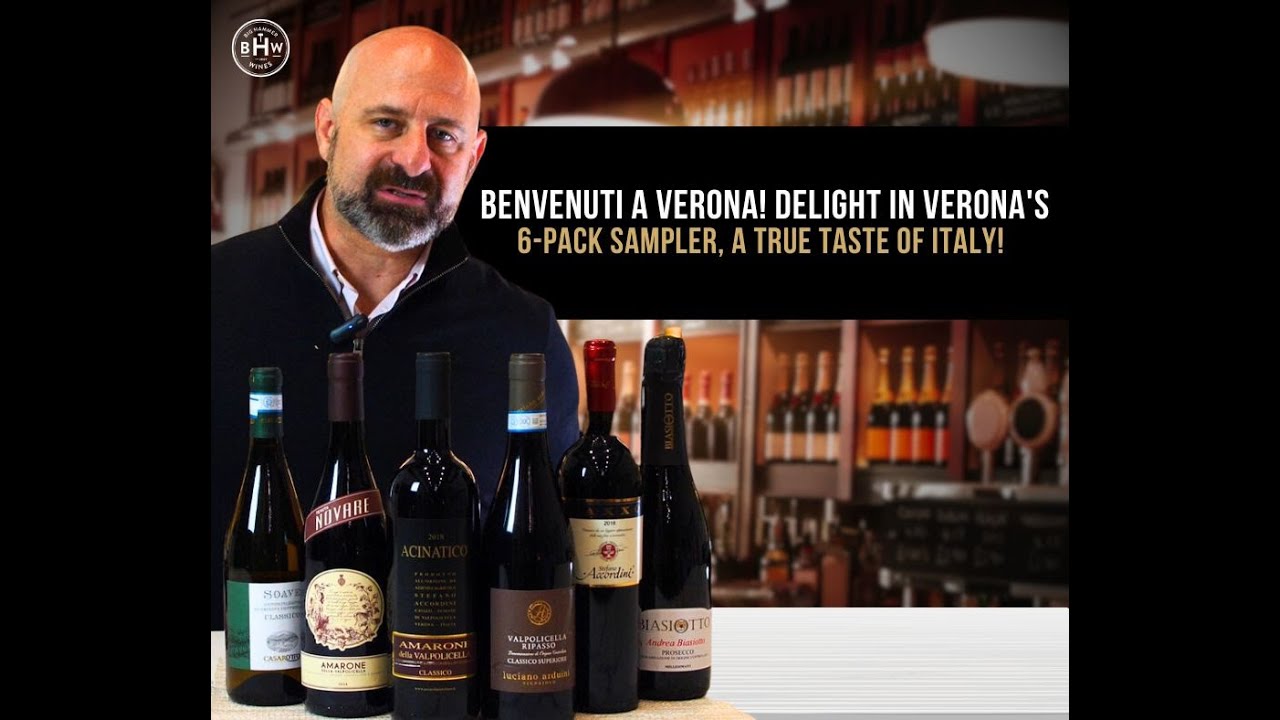
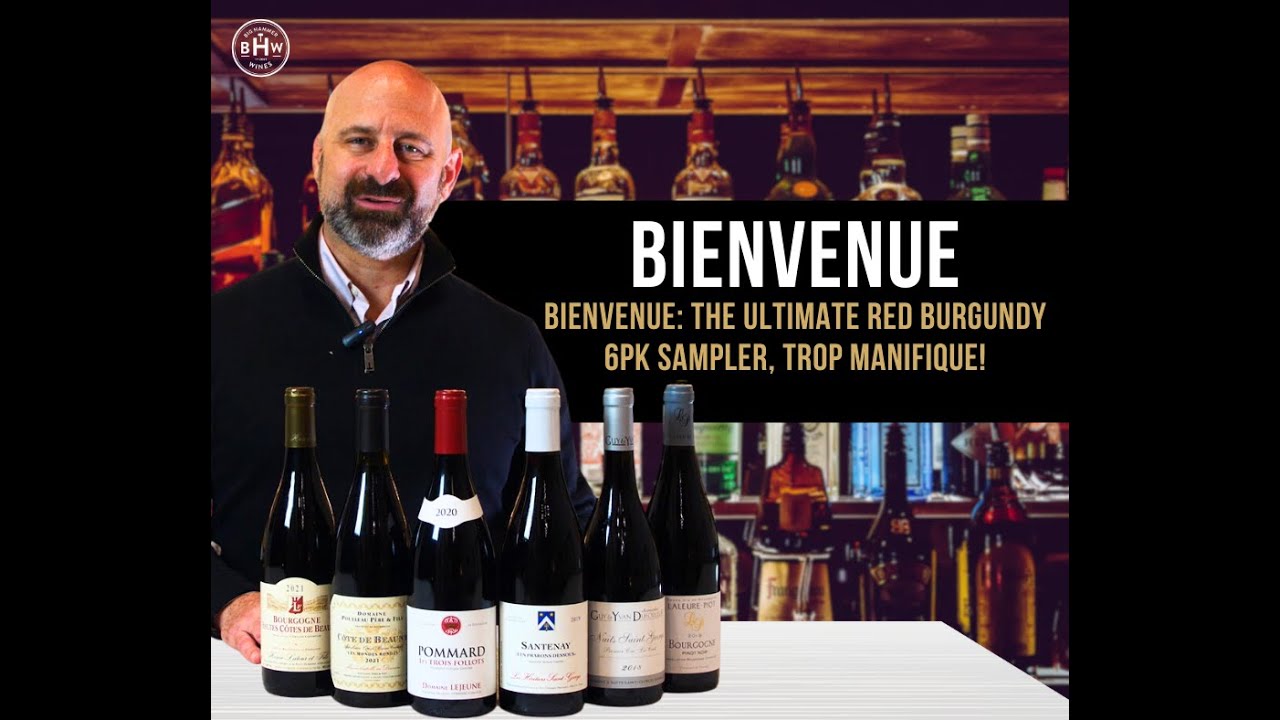
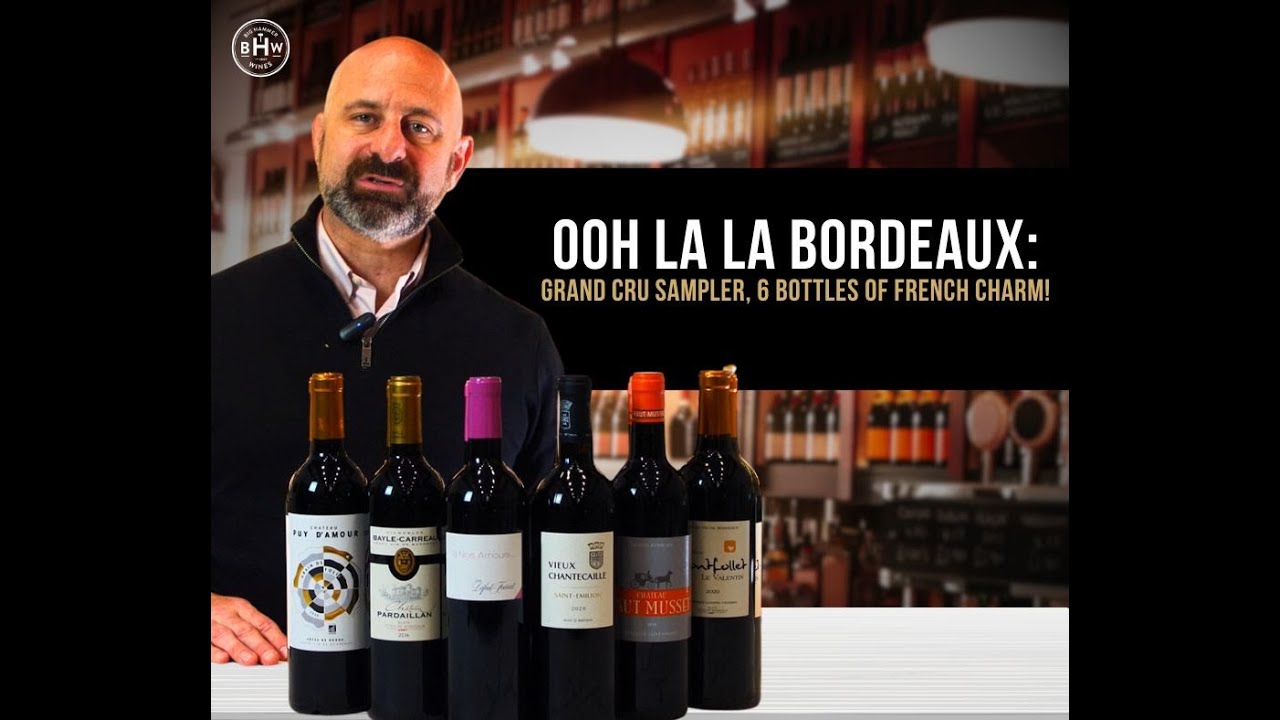
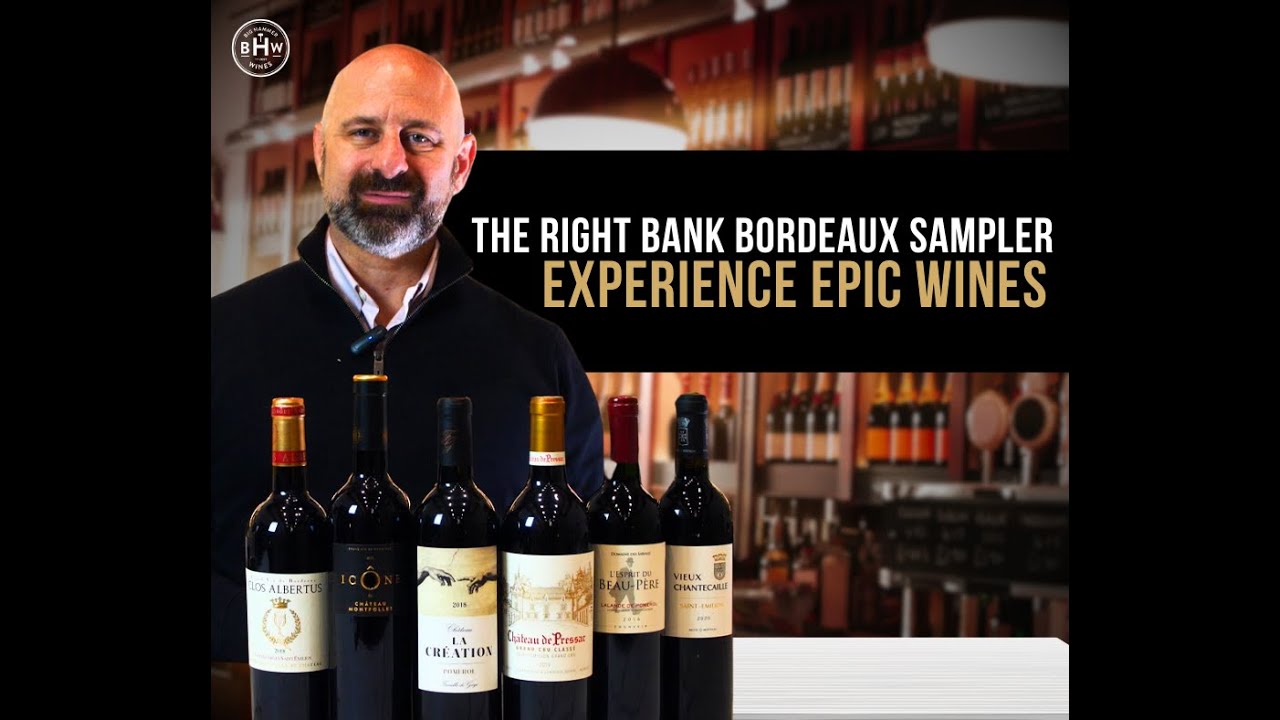
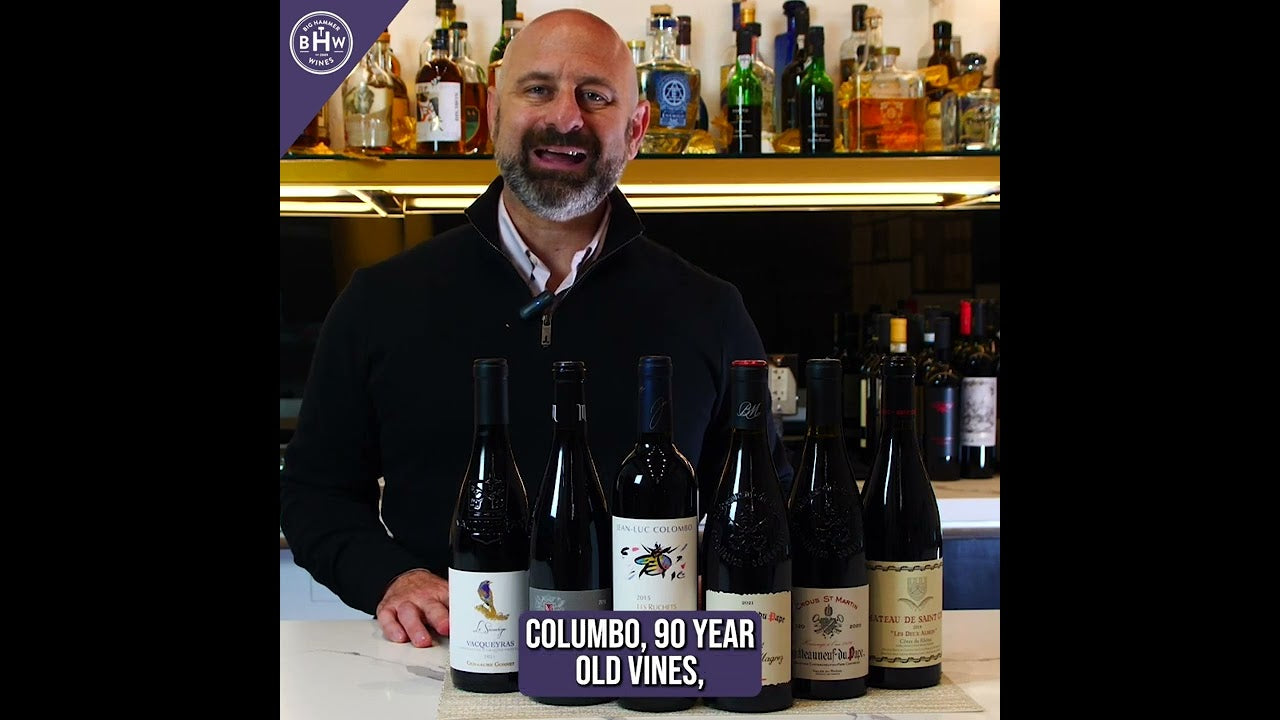
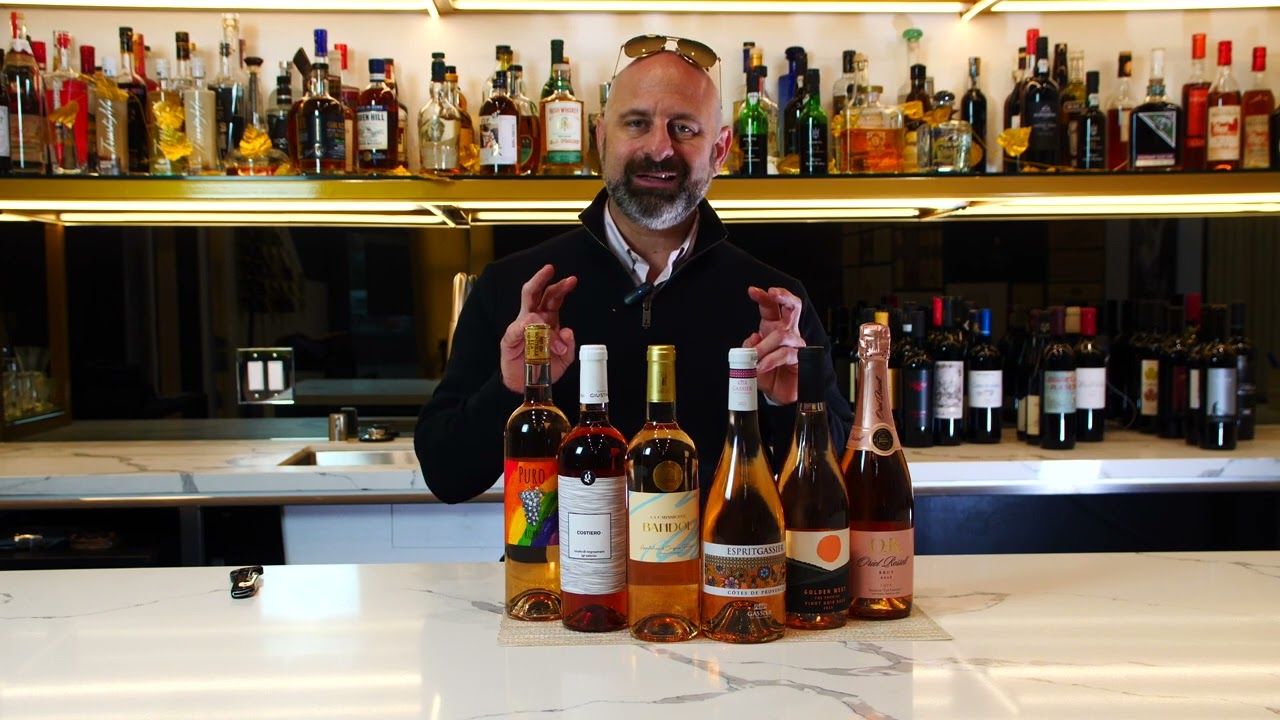
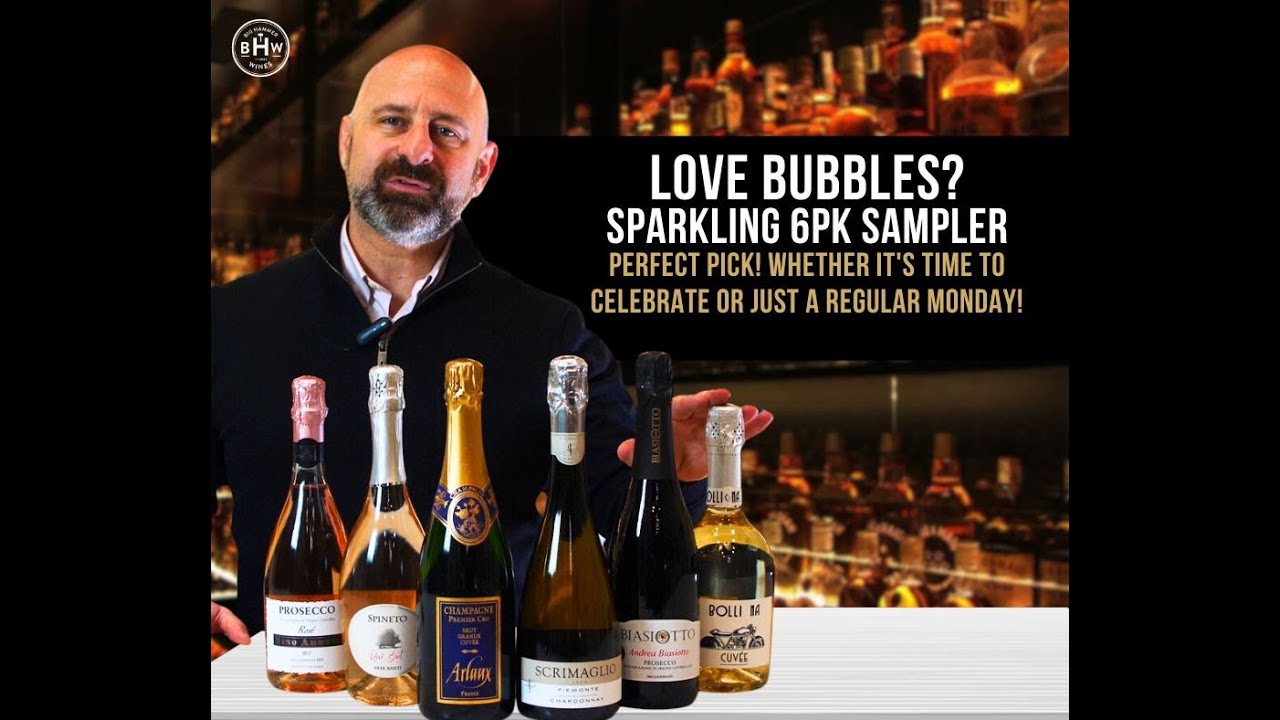
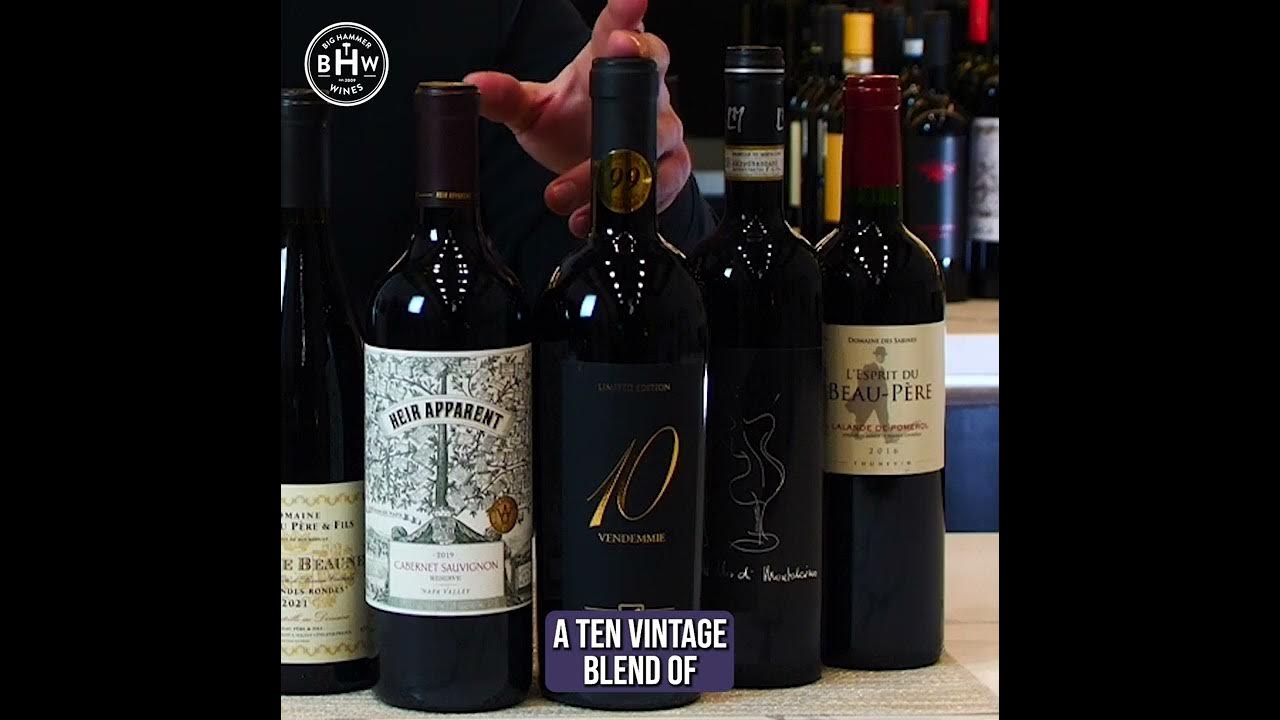
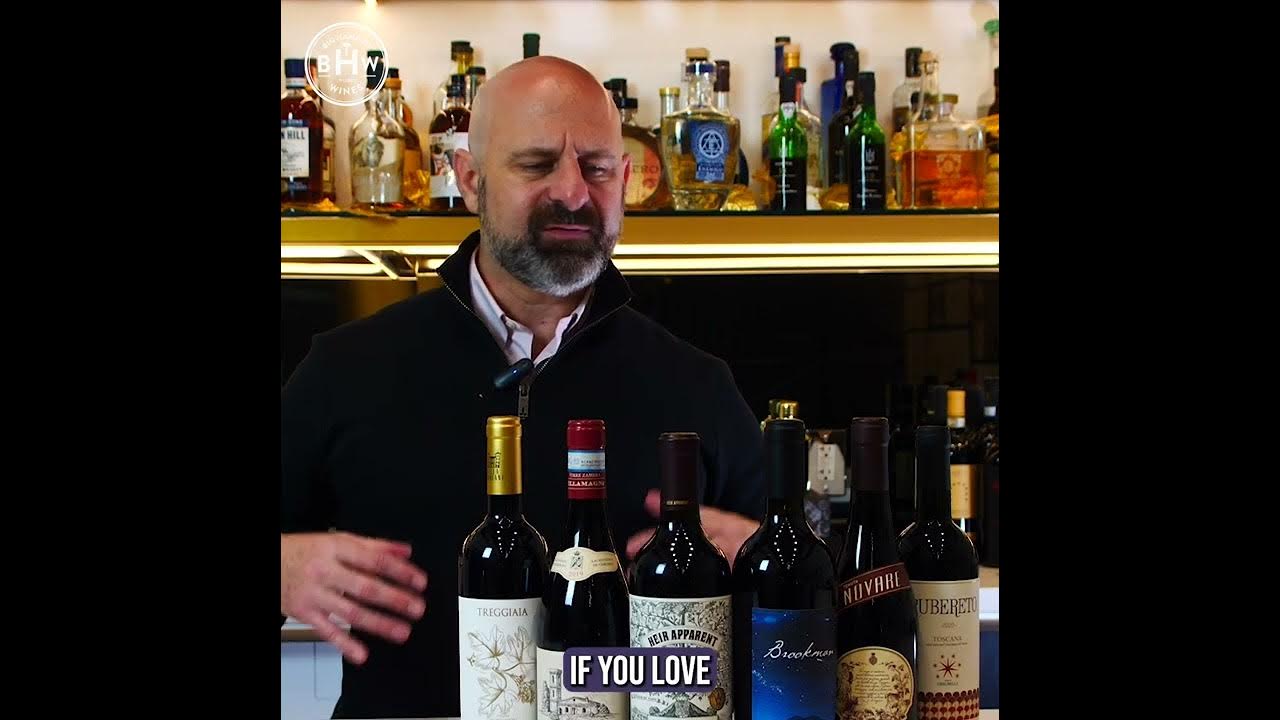
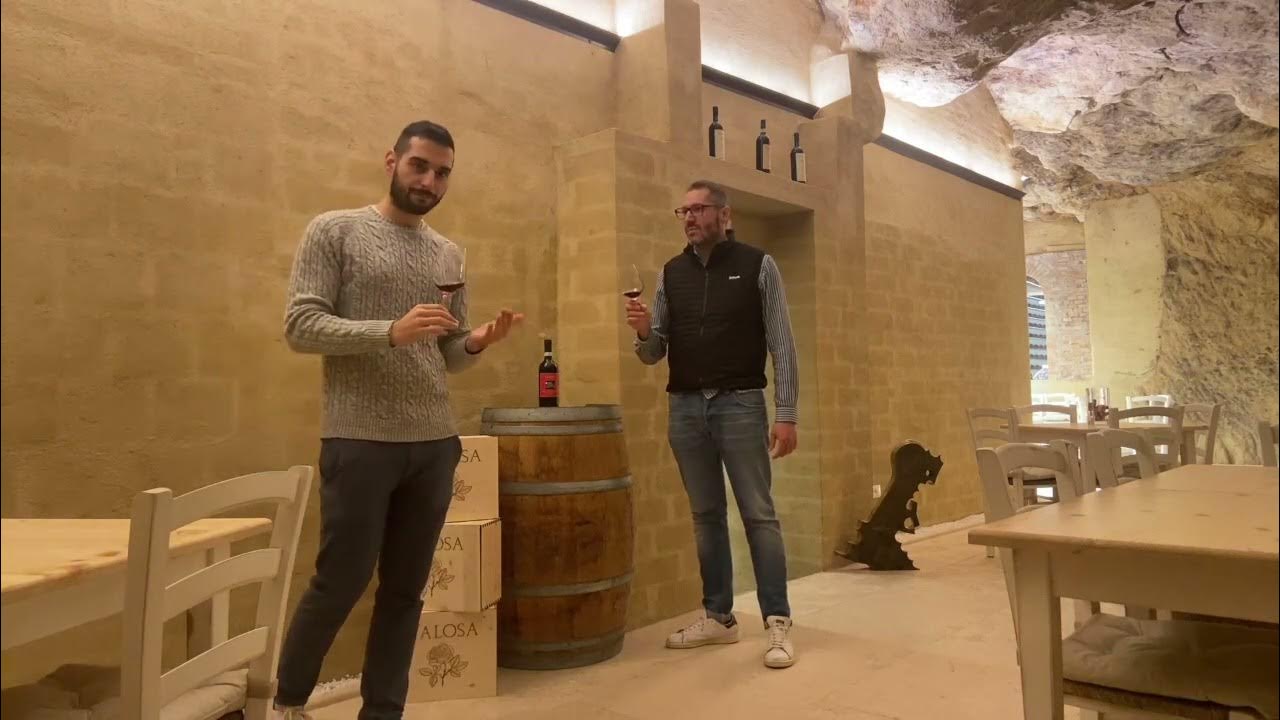
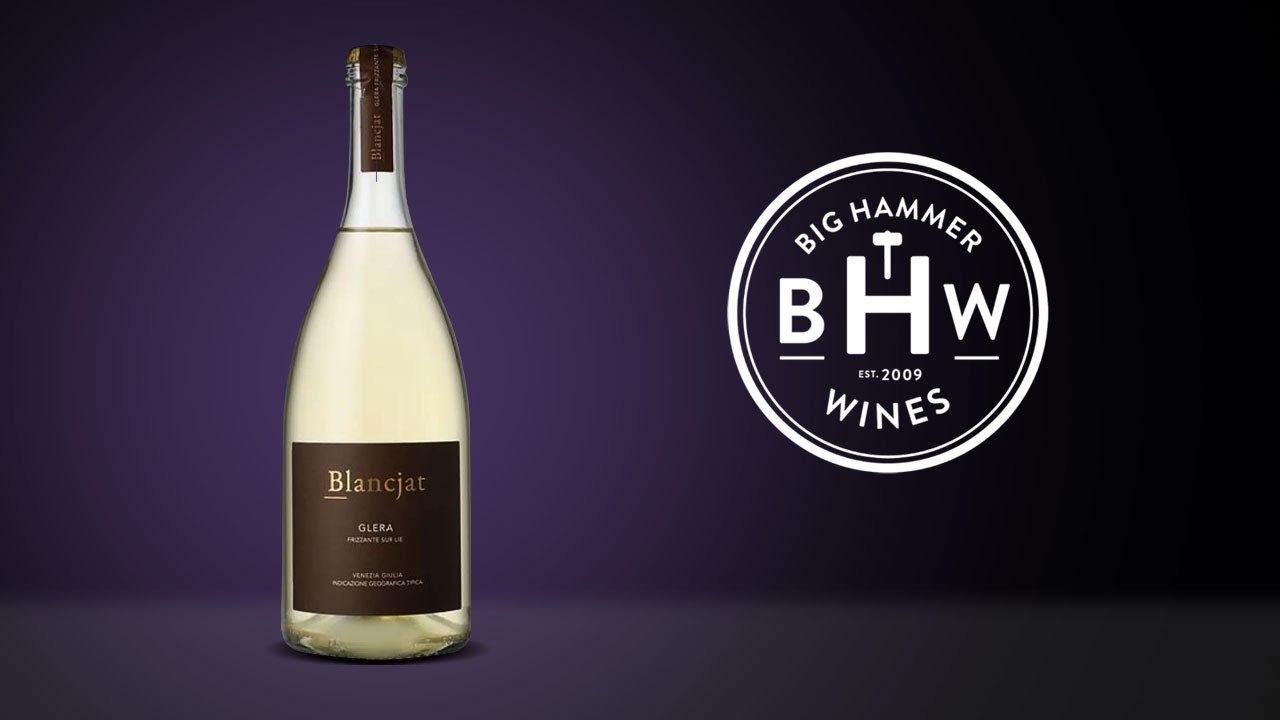
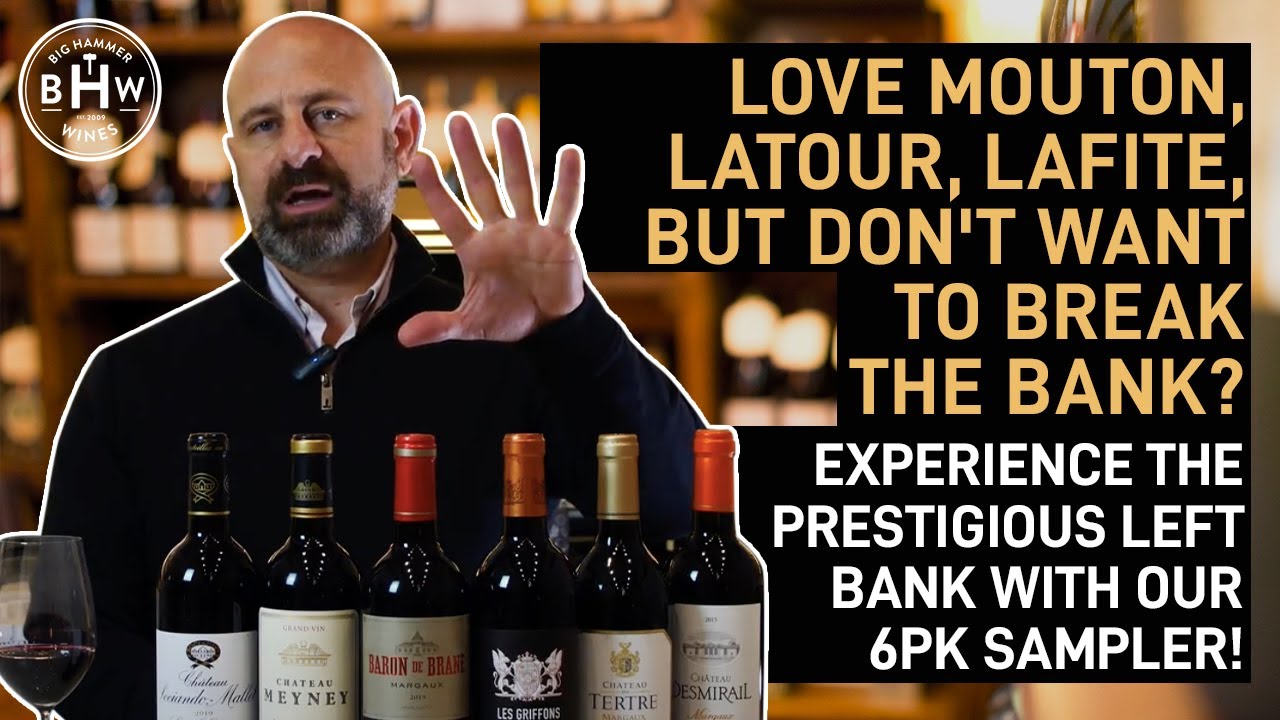
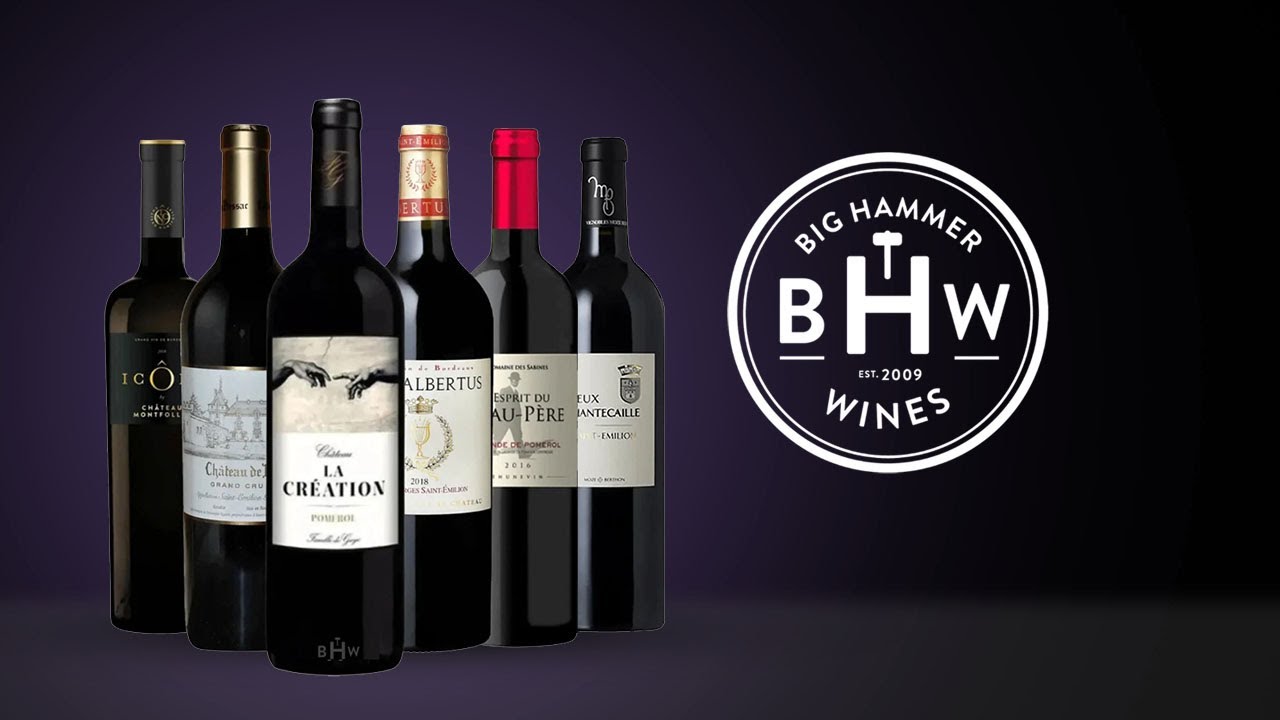
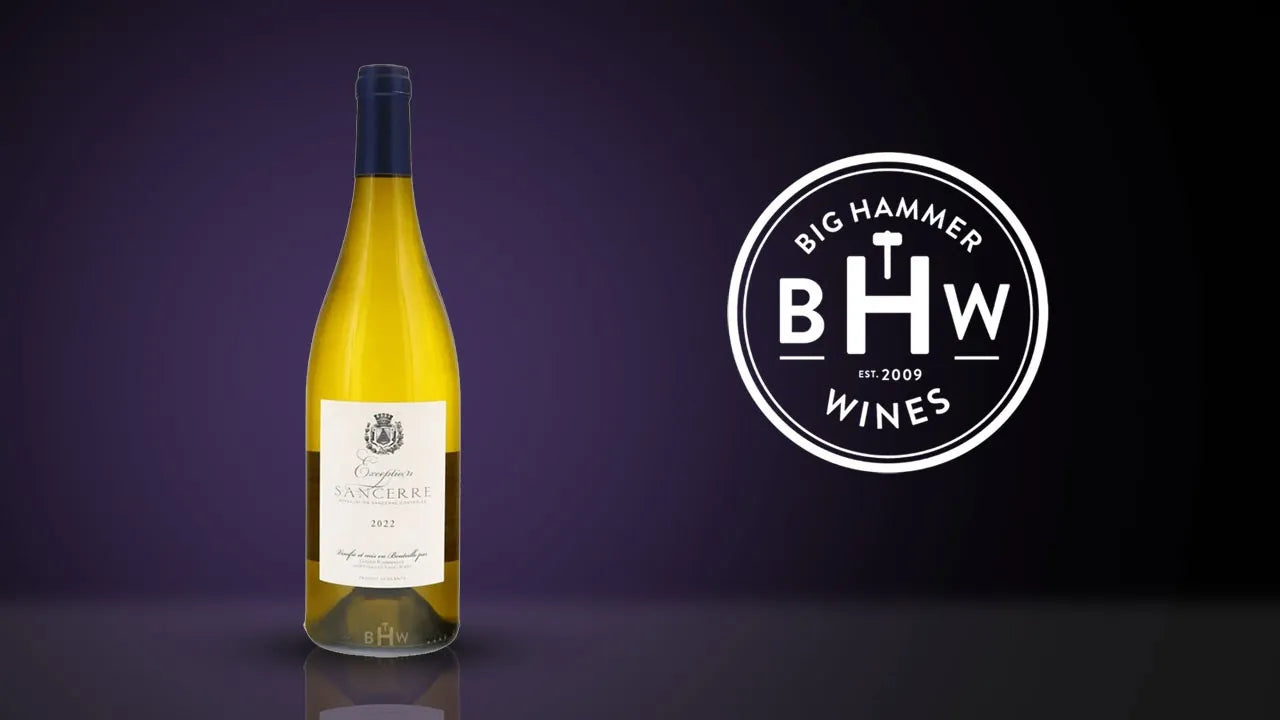
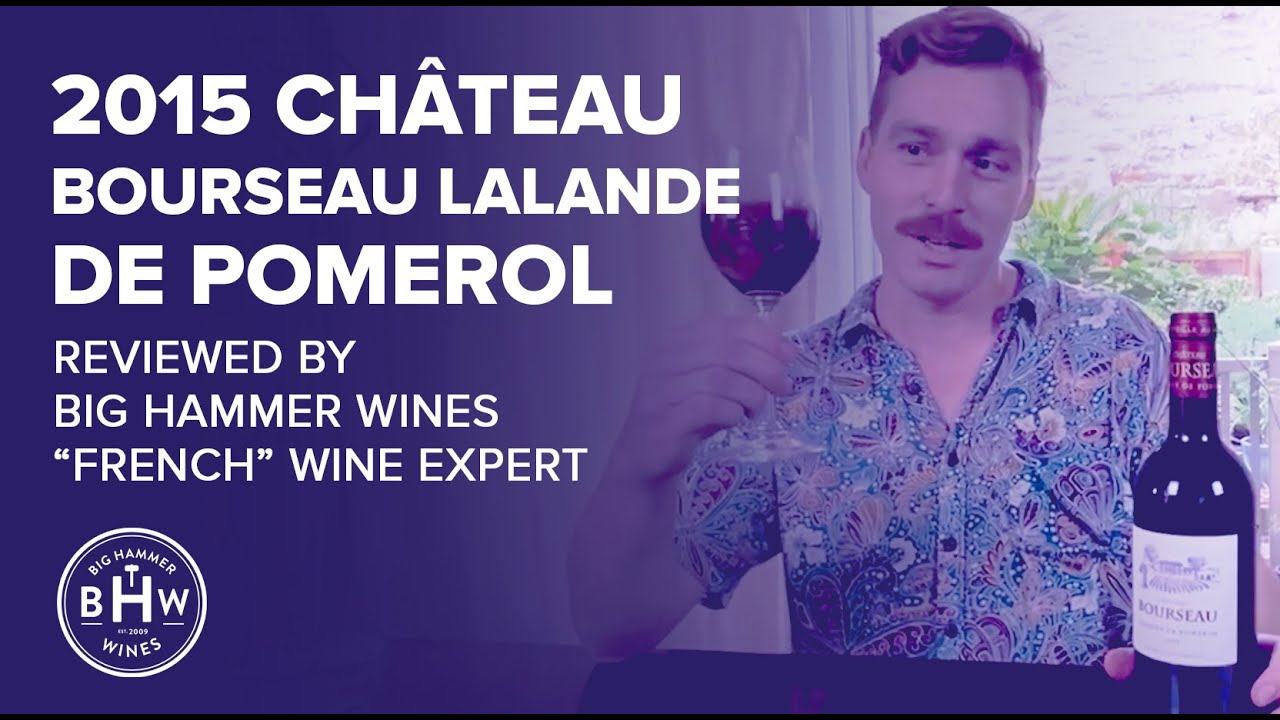
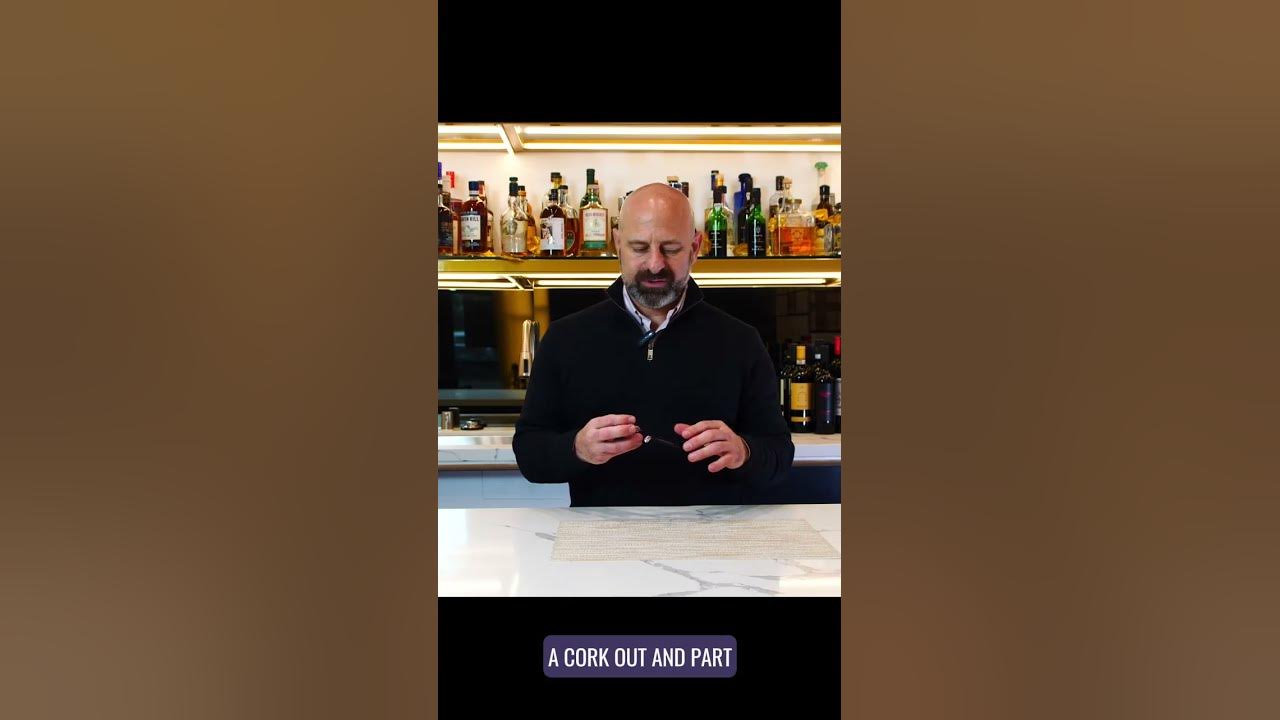
These wines are waiting for you – shop now!
SHOP COLLECTIONShare:
What Have You Been Drinking in Quarantine? Wine Trends of Wine Lovers
Online Wine Retailer Offers Special Promotion to Support Napa Valley Winemakers
Comments Section